The scent of fresh waffles lingers in the air, mingling with the earthy aroma of Trappist ale as a barista pours with the precision of a craftsman. Around the corner, a Gothic cathedral stretches toward the sky, its spire casting long shadows over cobblestone streets. A tram hums past, rattling through a city where medieval and modern sit side by side — exactly the kind of contrasts that make a Belgium itinerary so rewarding.
Belgium isn’t just a place to visit — it’s a place to sink into, one bite, one sip, one conversation at a time.
Over several days, I followed my Belgium itinerary and traced my way through its cities, uncovering layers of history, food, and culture that felt surprisingly rich for such a compact country. From Brussels’ regal squares to Bruges’ fairytale canals and Antwerp’s artistic undercurrent, Belgium’s best cities offer far more than postcard views.
Whether you're planning a 3-day whirlwind trip or stretching your stay to a full week, this Belgium itinerary lays out the best cities to visit, how long to spend in each, and what not to miss — shaped by my own experience.
Realistically, you could base yourself in Brussels and travel to each city separately on day trips. But I’ve given accommodation recommendations in each destination for those who prefer to stay overnight, experience the city after dark, and explore at a more relaxed pace.
Disclosure: This article contains affiliate links. If you make a purchase through these links, I may earn a small commission at no extra cost to you. Thank you for supporting my blog!
Solo Travel in Belgium: A Perfect Belgium Itinerary for One
Belgium is the kind of country where you can arrive alone and never feel lonely. It’s small enough to navigate with ease yet packed with enough history, culture, and food to keep you entertained for weeks.
I moved between Brussels, Bruges, and Antwerp without a hitch — no language barriers, no logistical nightmares, no sense of isolation. One afternoon in Bruges, I found myself on a canal boat alongside a Dutch couple and an American backpacker, exchanging stories as we glided past centuries-old façades. Later in Antwerp, I landed in a beer café where locals debated which Belgian city truly had the best fries (a heated topic, as it turns out).
For solo travellers, this Belgium itinerary offers a safe, social, and effortlessly enjoyable way to explore the country. Whether you’re drawn to Gothic cathedrals, world-class art, or just the chance to eat your way through the country, it’s an easy place to strike up conversations and find your rhythm.
Belgium Itinerary Overview
➡ Days 1–2: Brussels – The heart of Belgium, rich in history and culture.
➡ Day 3: Bruges – A fairy-tale city of canals, cobblestones, and medieval charm.
➡ Days 4–5: Ghent – A lively mix of medieval grandeur and modern energy.
➡ Days 6–7: Antwerp – A vibrant port city known for fashion, art, and diamonds.
Save this article for future reference!
BRUSSELS (Days 1–2)
The air smelled of waffles and melted chocolate. A saxophonist played on a street corner, his notes bouncing off gilded buildings as a tram rattled by. In the Grand Place, I stood surrounded by ornate 17th-century guildhalls, their gold accents catching the sunlight, making the whole square feel like a Baroque fever dream.
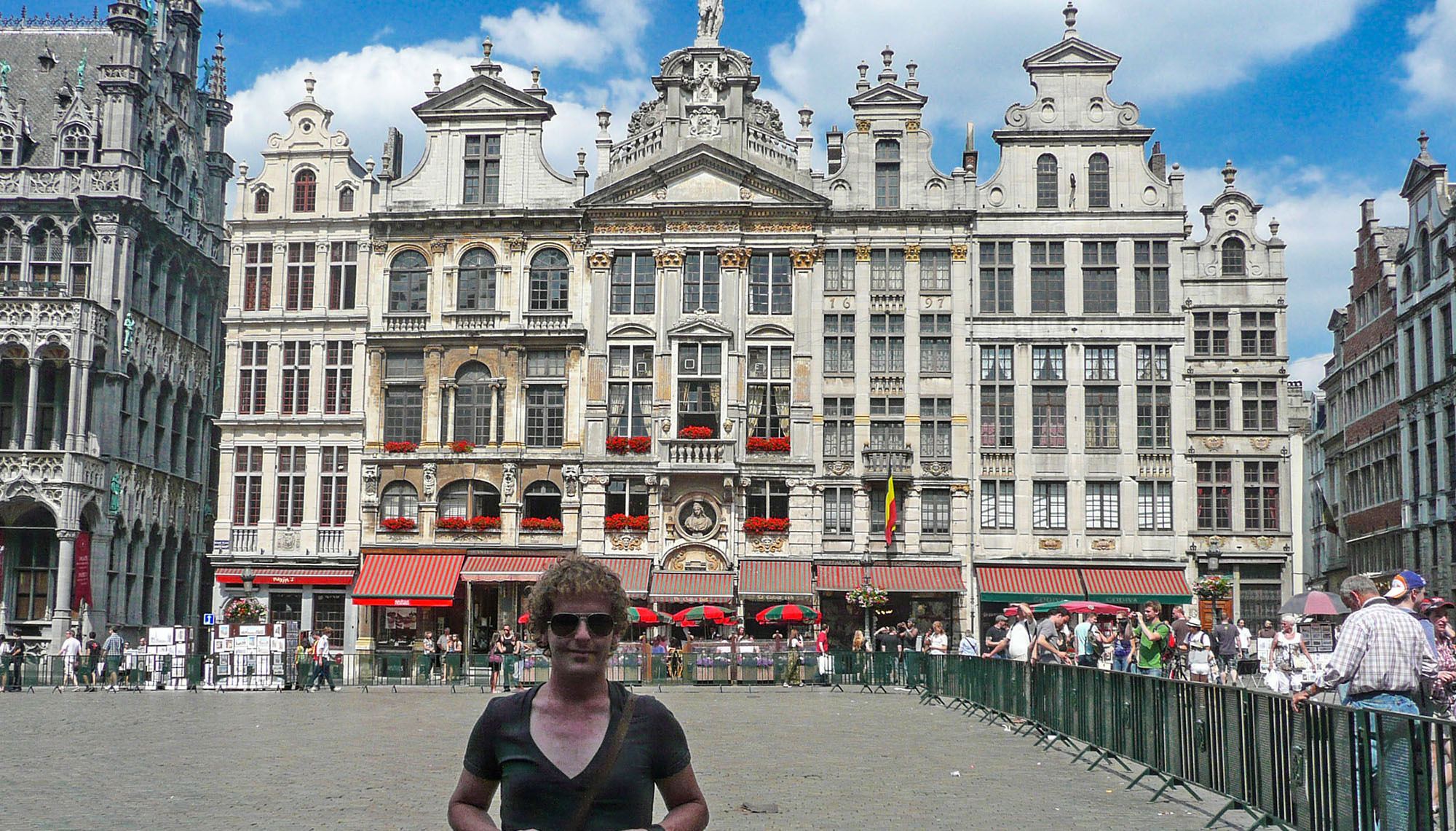
Brussels is a city of contrasts, making it an essential stop on any Belgium itinerary.
One minute, you’re gazing at Gothic cathedrals; the next, you’re passing a giant comic book mural of Tintin. The European Parliament looms over Art Nouveau cafés, while street art sits beside Michelin-starred restaurants. And just when you think it’s all too polished, you turn a corner and find Manneken Pis — a tiny statue of a peeing boy — standing proudly as Belgium’s most famous landmark.
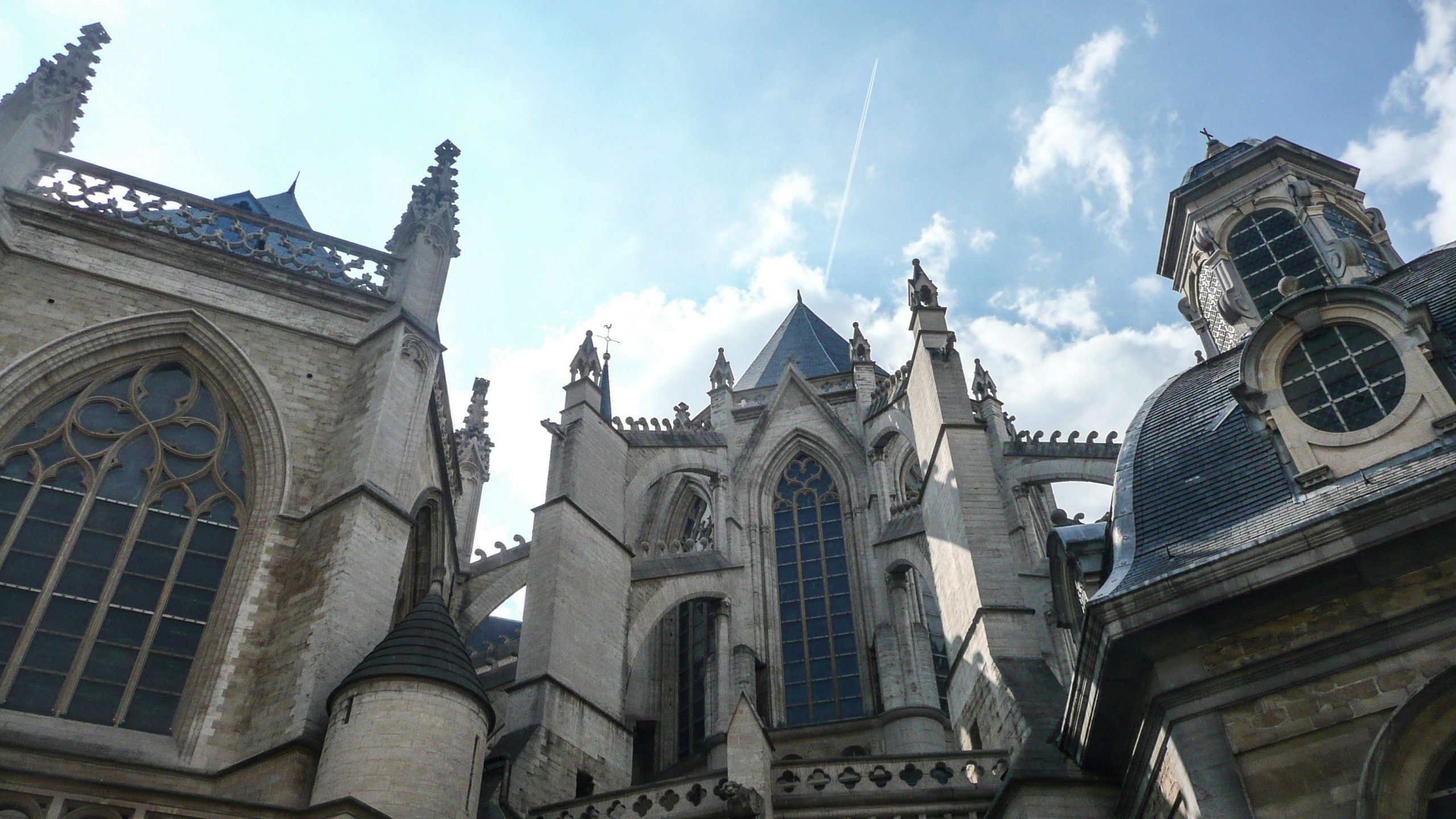
I started my days here with a Brussels-style waffle (lighter, crispier than its Liege cousin), walked through the Mont des Arts, and ended my nights in Ixelles, where locals sipped craft beer on candlelit terraces.
Brussels is its attitude: a little quirky, a little grand, and always full of surprises.
Top Attractions & Experiences in Brussels
Brussels doesn’t unfold itself all at once. It’s a city that hides its quirks behind gilded facades, waiting for you to wander off the main streets and notice the details.
I started in the Grand Place, standing in the centre as the sunlight reflected off elaborate guildhalls, their gold embellishments making them look almost too extravagant to be real. It’s the kind of place that makes you stop and stare, no matter how many times you pass through.
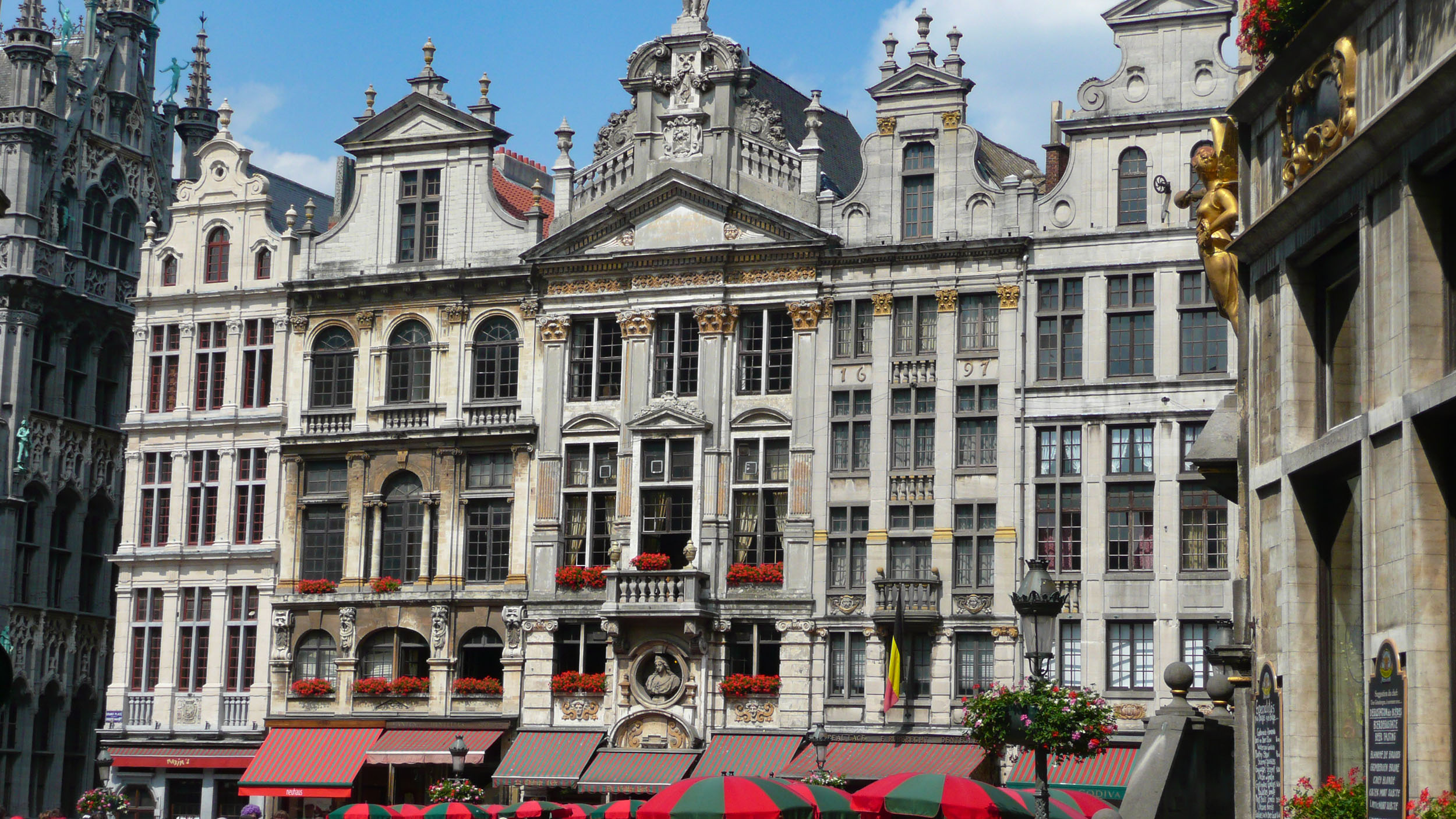
A few streets away, the Mont des Arts offered a different kind of spectacle — a carefully designed hilltop garden with a panoramic view over the city. I stood there for a while, watching people drift between the museums and galleries that line the area.
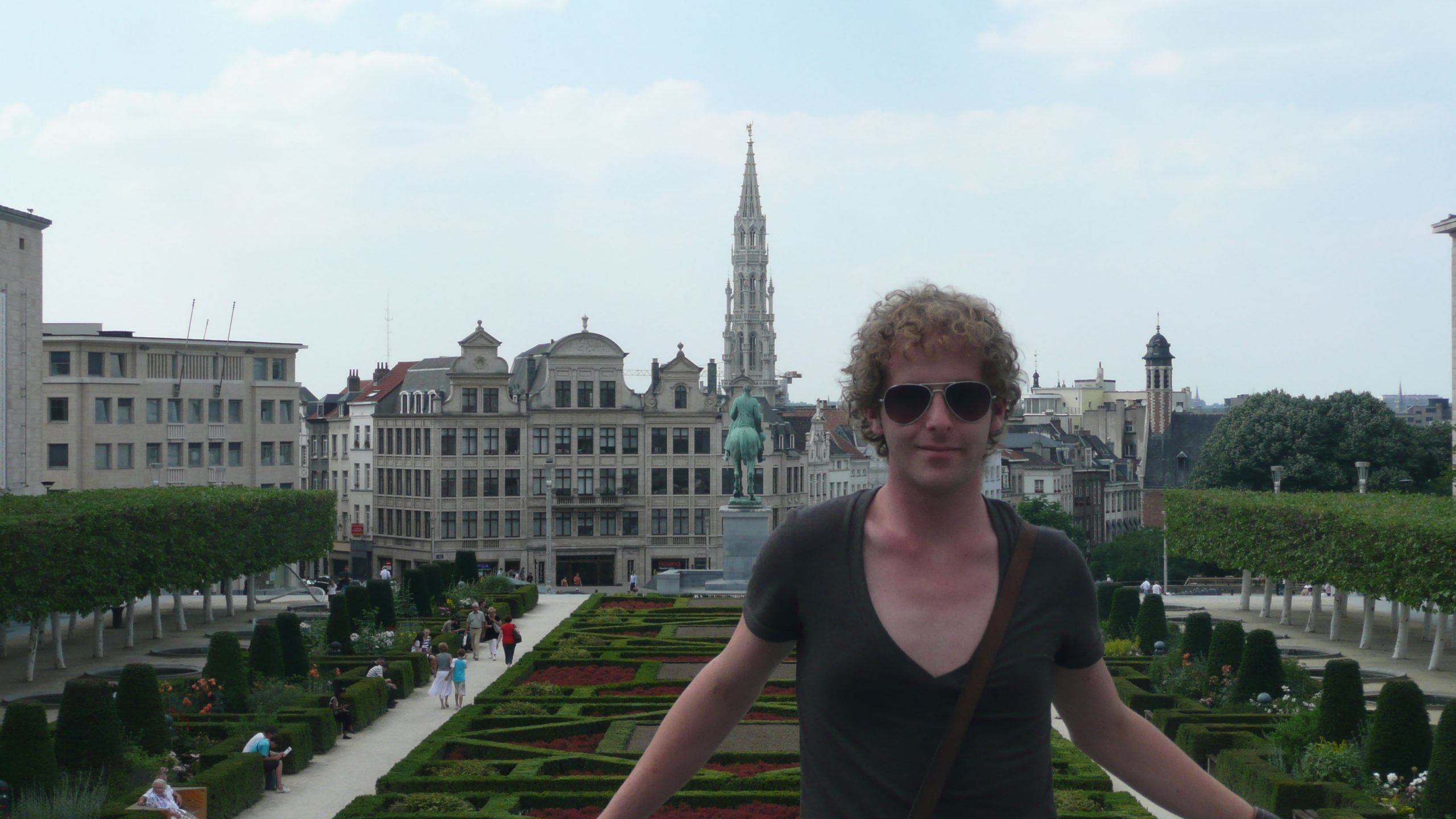
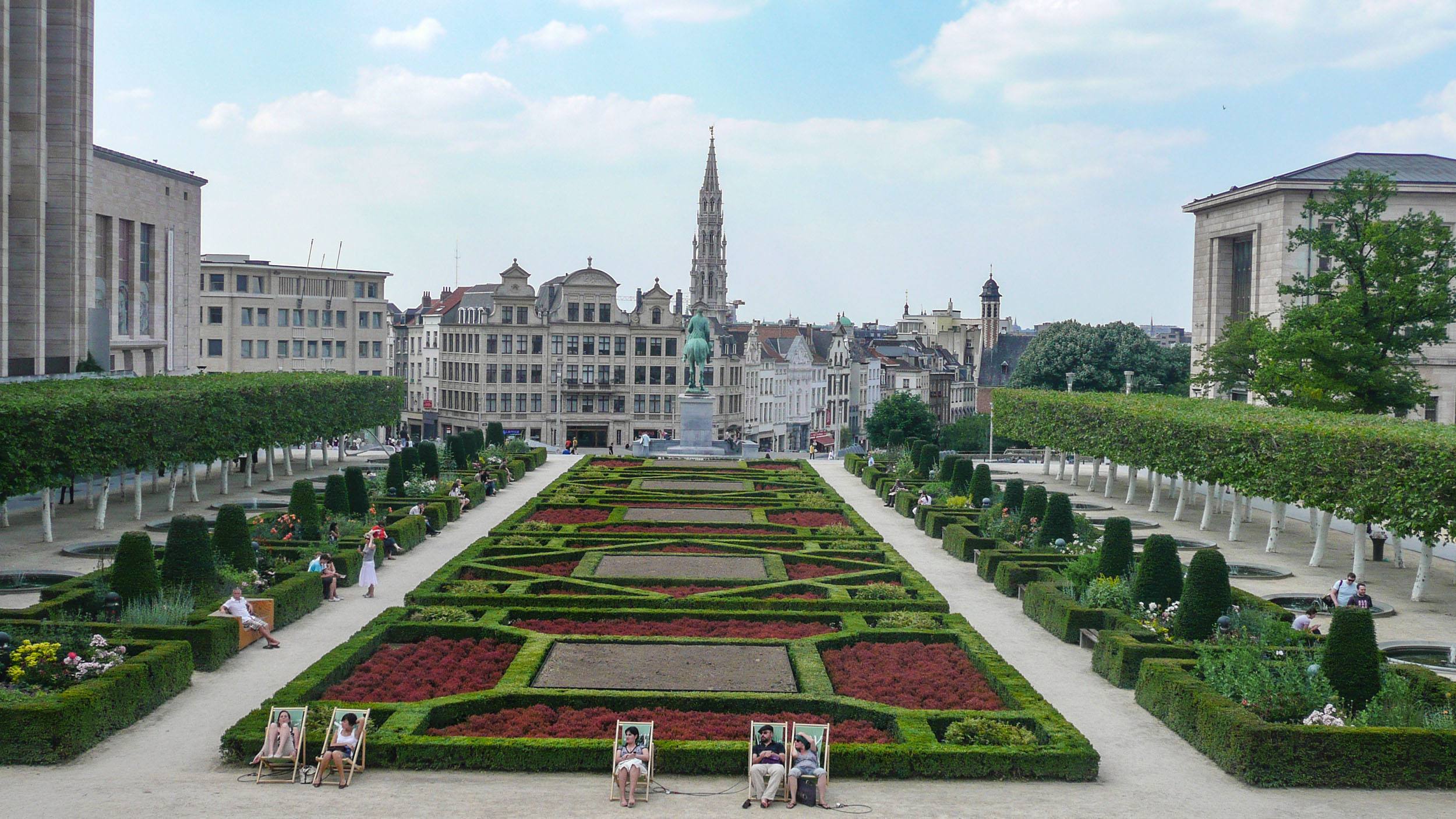
The city’s artistic heritage is on full display here, from the Royal Museums of Fine Arts, home to centuries of Flemish masterpieces, to the Comic Book Route, where murals of Tintin and other Belgian icons tower over side streets, blending seamlessly into the city’s architecture.
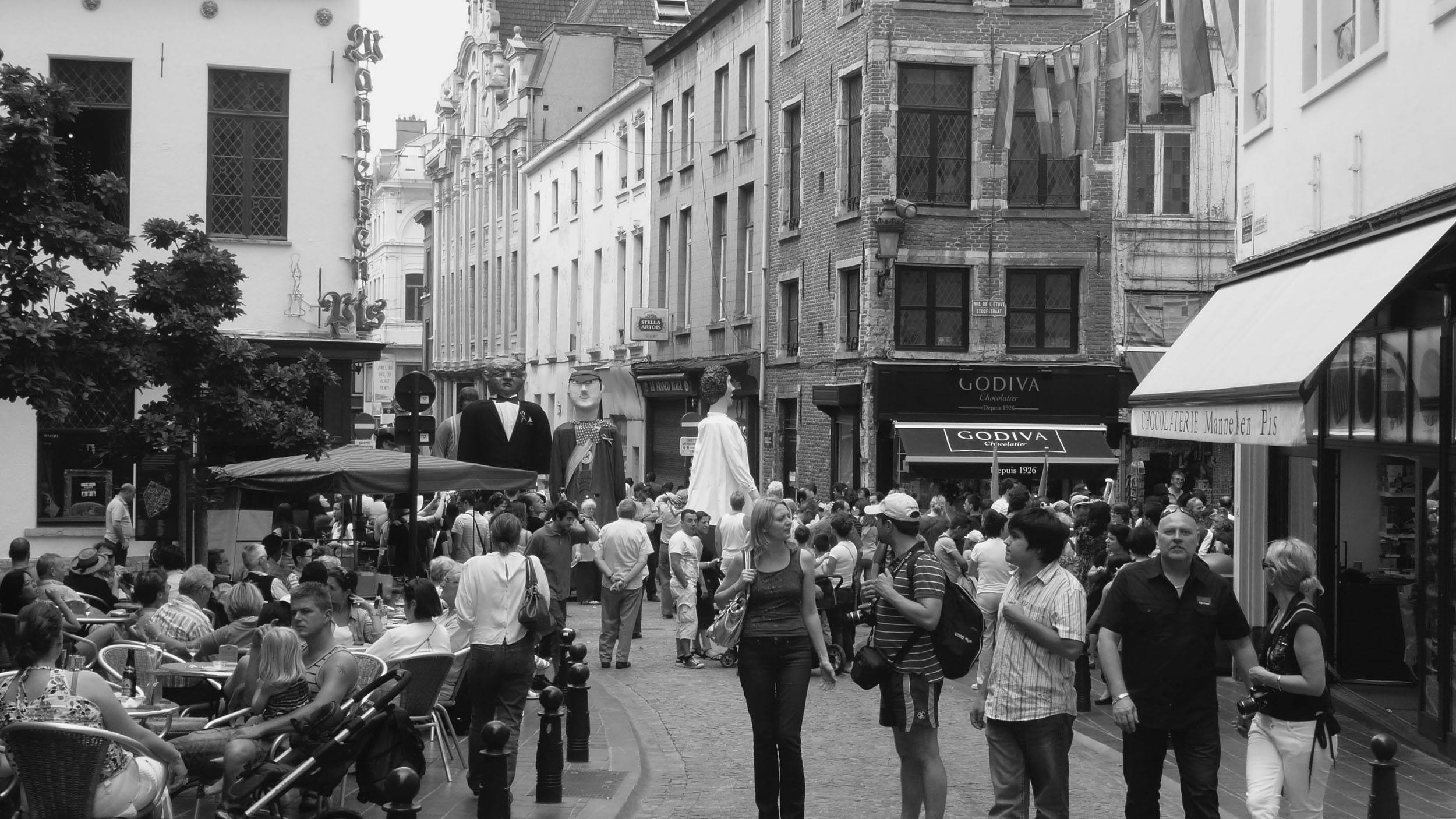
Not everything in Brussels is polished. Take Manneken Pis, for example — the country’s most famous statue, and yet, comically tiny. It’s the perfect embodiment of Belgian humour: a city that presents itself with grandeur but doesn’t take itself too seriously.
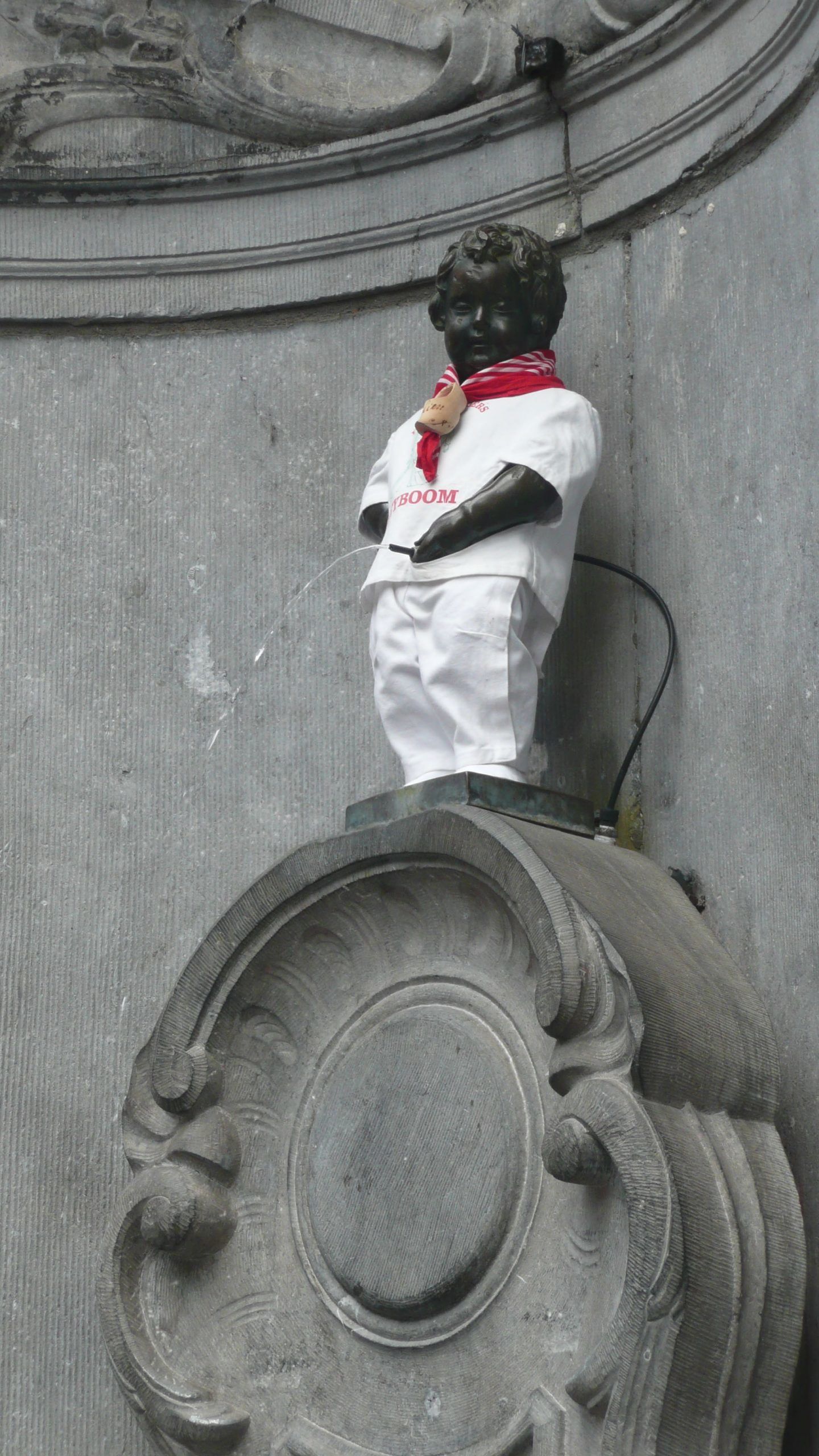
Later, I found myself in Sainte Catherine, where the old fish market has been replaced by trendy cafés and seafood restaurants.
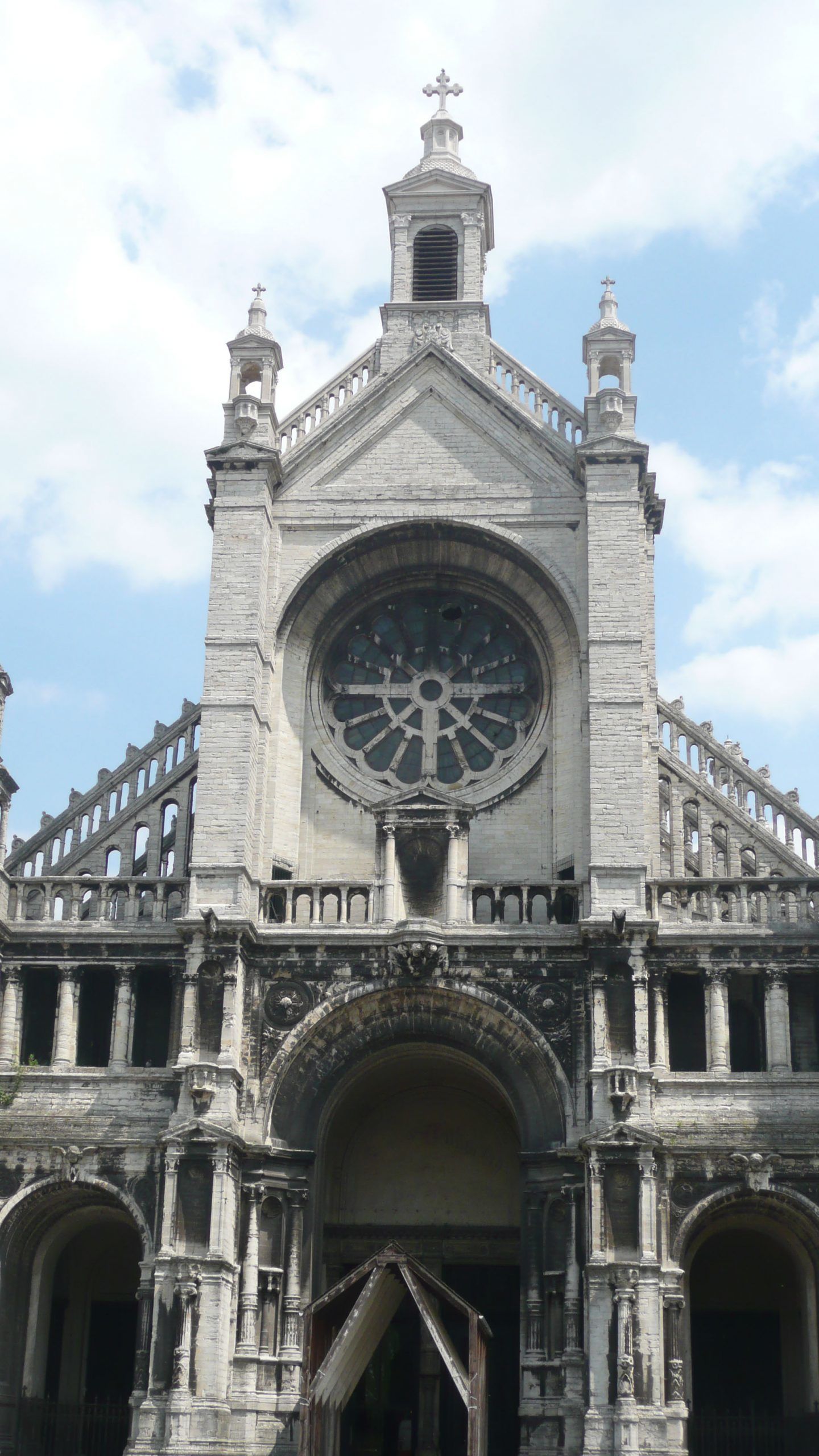
The neighbourhood still carries an echo of its past — a pond reflecting the gothic towers of Sainte Catherine Church, while waiters serve moules-frites to customers on terrace tables. It’s here that Brussels started to feel more like a city to live in rather than just visit.
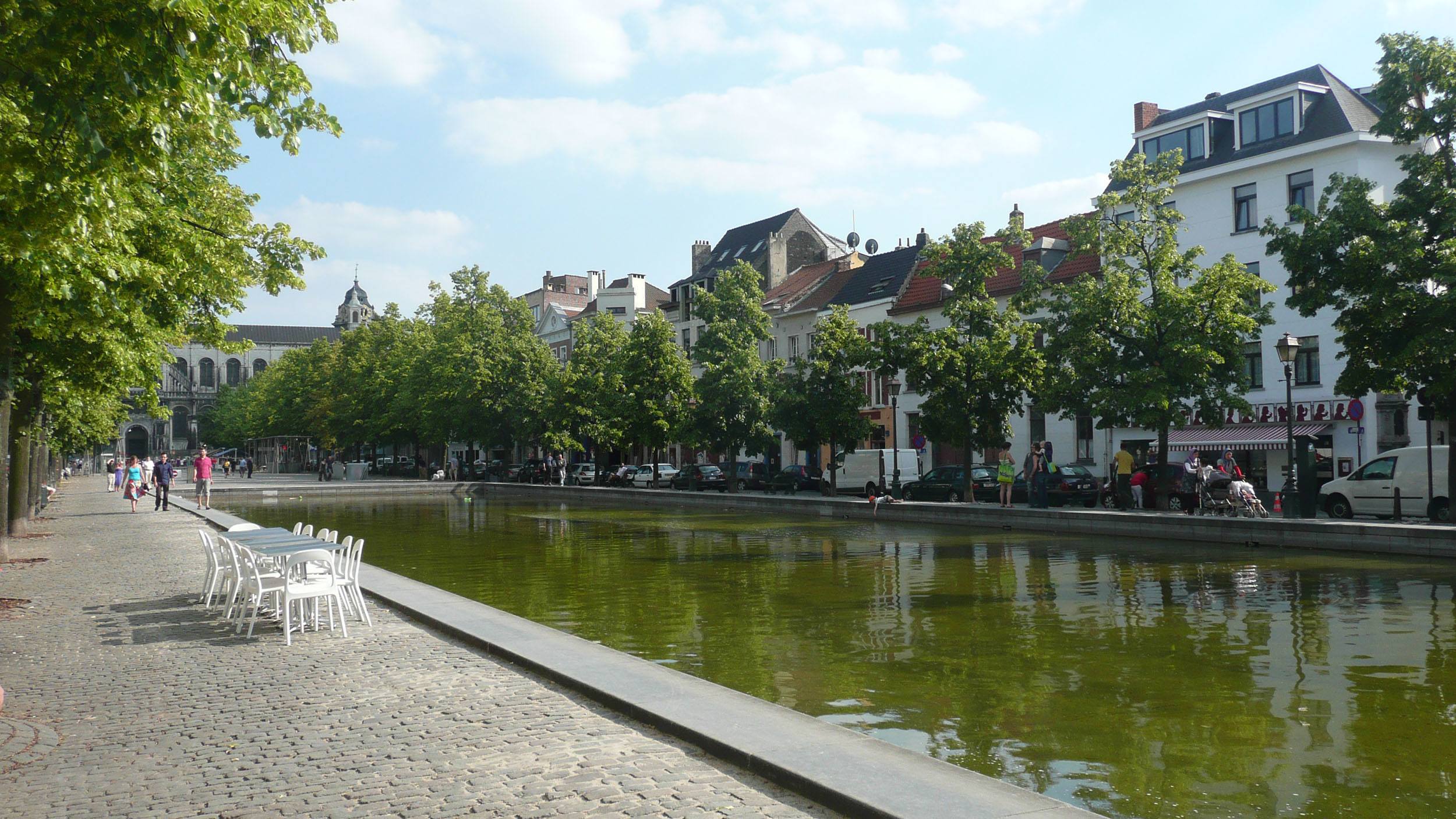
As evening set in, I made my way to Ixelles, a district buzzing with young creatives, eclectic bars, and the kind of places where conversations spill onto the street. But before leaving, I had to do one more thing — eat a proper Belgian waffle.

I stood on the sidewalk, fingers sticky with sugar, realising that sometimes, the most touristy things are touristy for a reason.
Recommended Length of Stay in Brussels
1–2 days is ideal to explore the highlights of the city.
Accommodation - Where to Stay in Brussels
Brussels offers a range of accommodation options, from luxury stays near Grand Place to budget-friendly hostels in lively neighbourhoods like Ixelles, making it easy to find a place that suits your travel style.
Budget: Sleep Well Youth Hostel
Sleep Well Youth Hostel is a budget-friendly stay in the heart of Brussels, just a short walk from the Grand Place and major attractions. It’s got everything a solo traveller or backpacker could need — clean rooms, friendly staff, and a surprisingly solid breakfast to start the day.
With metro access just around the corner and bike rentals available, getting around the city is effortless. If you're looking for an affordable yet comfortable base in Brussels, this spot ticks all the right boxes.
Mid-Range: Beverly Hills Hotel
For a mid-range stay that balances comfort, convenience, and a touch of charm, Beverly Hills Hotel in Brussels ticks all the right boxes. Just steps from Avenue Louise, this family-run hotel offers a quiet retreat while keeping you close to the city’s best shopping, dining, and cultural spots.
Rooms are simple yet spacious, with cosy touches and a warm atmosphere that makes it feel more personal than your typical chain hotel. Whether you're here for business, sightseeing, or just a well-located base, this spot delivers solid value without sacrificing comfort.
High End: Hotel Le Plaza Brussels
If chandeliers, marble, and a touch of old-world glamour are your thing, Hotel Le Plaza Brussels is where you’ll want to drop your bags. With ceilings high enough to make you feel like royalty and a lobby straight out of a period drama, it’s luxury with a bit of theatrical flair.
The in-house brasserie serves gourmet meals under a painted dome, and the Moorish-style theatre? Just casually part of the hotel. Whether you're here to revel in elegance or just want a damn good night's sleep in a king-sized bed, Le Plaza delivers — because why not go full five-star in Brussels?
Food - Eating in Brussels
Brussels’ food scene ranges from street-side seafood stands to historic cafés serving Belgian staples, meaning you can eat well whether you're on a budget or ready to splurge. Here are some of the best places to try local favourites.
Where to Eat in Brussels
- Maison Dandoy – Best for waffles (light, crispy, and served with speculoos biscuits). (Mid-range)
- Noordzee Mer du Nord – Seafood street food (try the shrimp croquettes and fish soup). (Mid-range)
- Chez Léon – Classic moules-frites (mussels and fries in a lively, tourist-friendly setting). (Mid-range)
- Fritland – Best budget fries (Belgian frites with a choice of classic sauces). (Budget)
- Le Funambule – Budget-friendly waffles (grab a sweet Brussels waffle on the go). (Budget)
- Nüetnigenough – Traditional Belgian cuisine (carbonnade flamande and stoofvlees). (Mid-range to high-end)
Transportation - Getting Around Brussels
Brussels is compact and well-connected, making it easy to explore using a mix of walking, public transport, and the occasional taxi or ride-share. Here’s how to get around efficiently.
On Foot
The best way to experience Brussels' historic core is on foot. The Grand Place, Mont des Arts, Sainte Catherine, and the Comic Book Route are all within walking distance of each other, and you’ll discover hidden alleyways, street art, and cafés along the way.
By Metro & Tram
Brussels' metro and tram network is fast, reliable, and covers most key attractions. The metro runs until midnight, and trams are a scenic way to travel beyond the city center. Purchase a JUMP ticket for unlimited travel within a set period.
By Bus
Buses are useful for reaching areas not covered by the metro or tram, such as Ixelles and certain EU district stops. They run frequently, but traffic can slow them down during rush hour.
By Taxi or Ride-Share
Taxis in Brussels are expensive, but Uber and Bolt offer more affordable options. Expect higher fares at night or during peak hours.
By Bike
Brussels has bike lanes, but it’s not the most cycle-friendly city due to cobblestones and hills. Villo!, the city’s bike-share program, is available, but locals tend to use bikes for short trips rather than as a primary mode of transport.
Transportation - Getting to Brussels
Brussels is well-connected to major European cities, making it easy to arrive by plane, train, or bus. Here are the best options.
By Air
Brussels International Airport (BRU) is the main airport, located about 12km from the city centre. It’s connected by train, bus, and taxis, with the Brussels Airport Express train reaching the city in 20 minutes. Brussels South Charleroi Airport (CRL) is another option, mainly serving budget airlines, but requires a longer bus transfer to the city.
By Train
Brussels is a major rail hub with high-speed connections to Paris (Thalys), London (Eurostar), Amsterdam (Intercity Express), and Cologne (ICE). The main stations are Brussels-Midi (Zuid), Brussels-Central, and Brussels-North, with Brussels-Midi being the main stop for international arrivals.
By Bus
Long-distance buses like FlixBus and BlaBlaCar Bus offer budget-friendly connections from nearby European cities. Most services arrive at Brussels-North Station, which has metro and tram links to the city centre.
BRUGES (Days 3)
Bruges is a city that doesn’t feel real until you’re in it — where every turn leads to a postcard-perfect scene of cobblestone lanes, ivy-covered houses, and canals that mirror the medieval skyline. It’s the kind of place where time slows down, best explored on foot, by boat, or from a quiet café with a hot Liege waffle in hand.
This makes it a must-see on any Belgium itinerary.
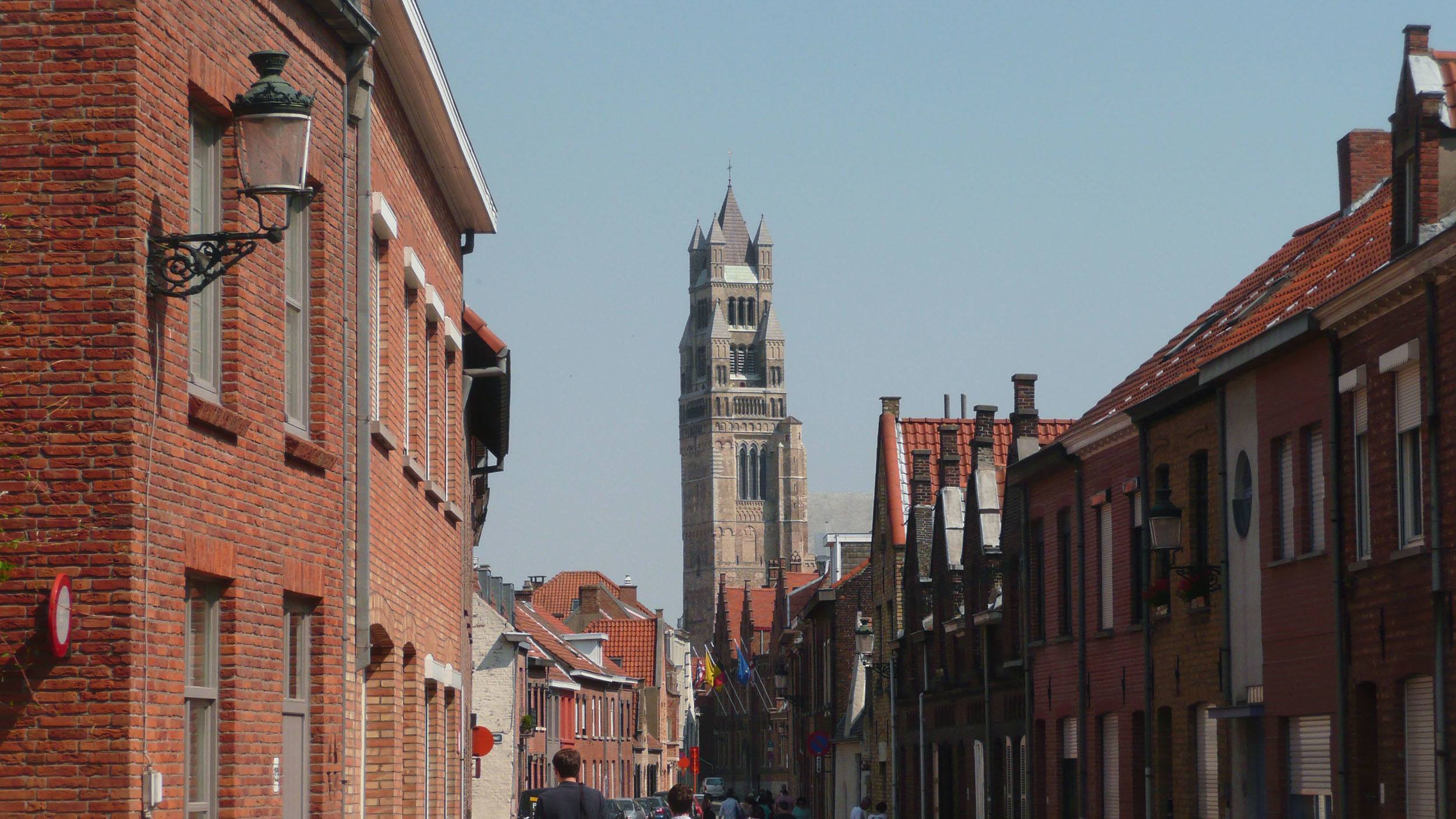
Unlike the modern bustle of Brussels, Bruges wears its history on its sleeve.
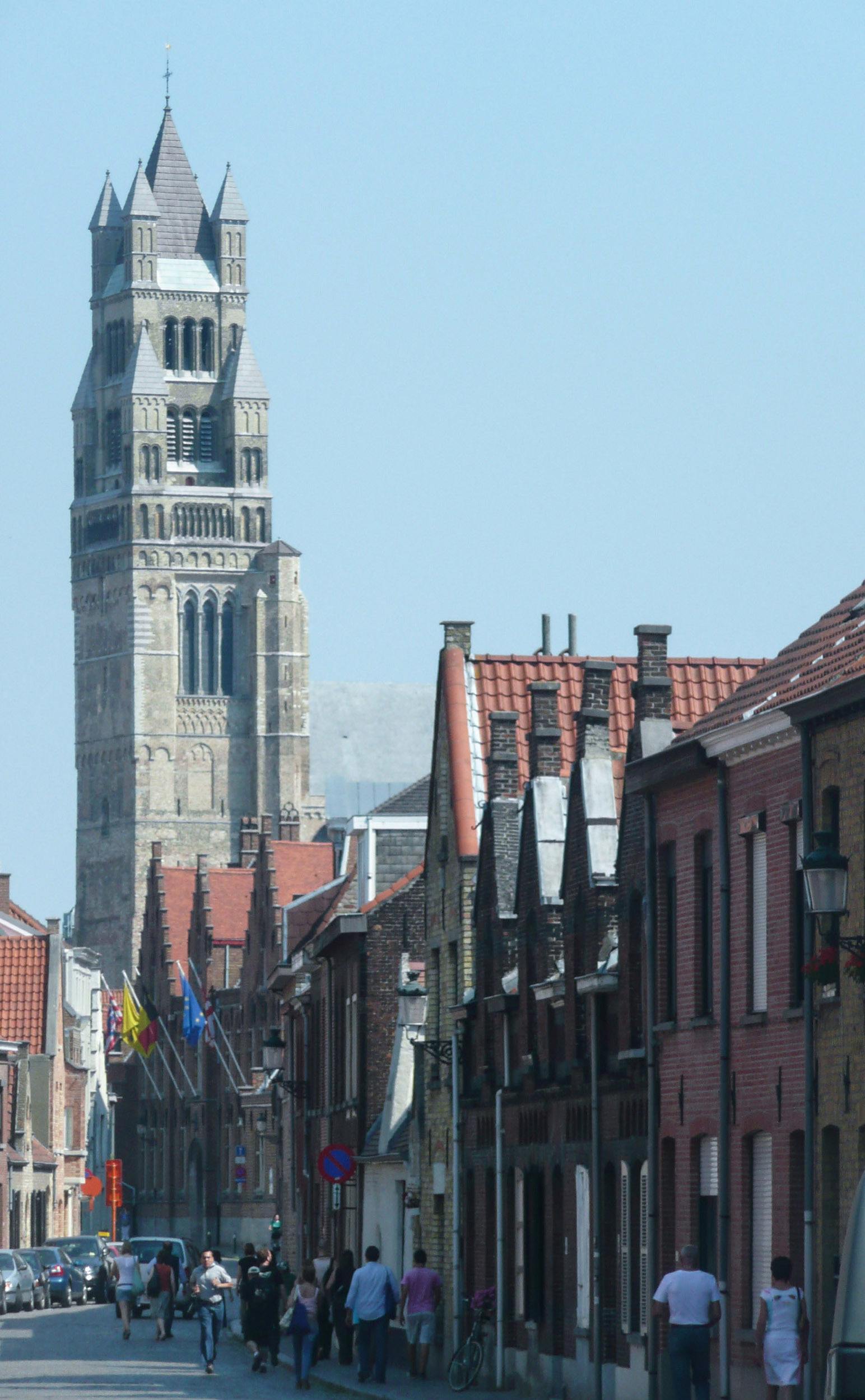
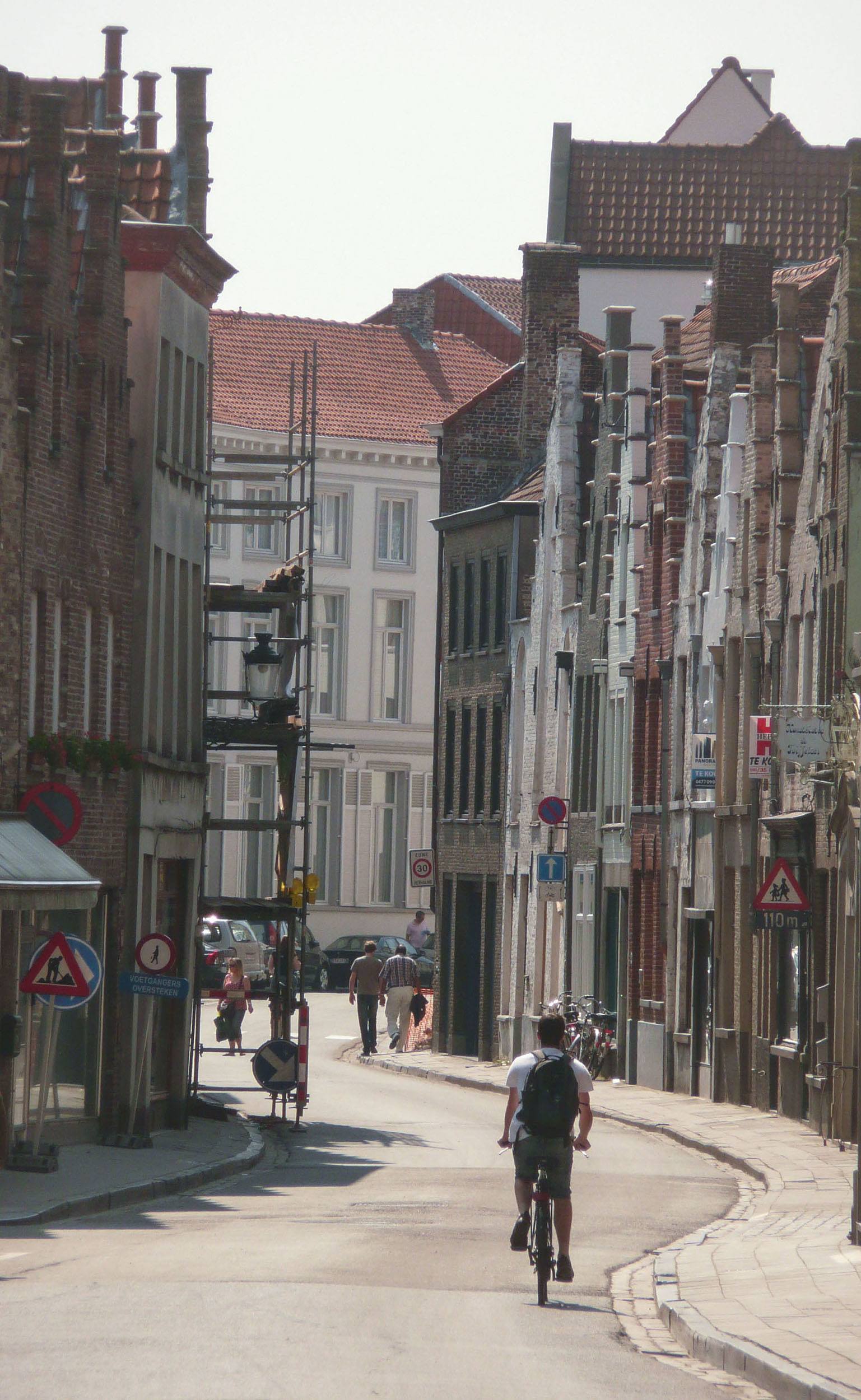
The Belfry towers over Markt Square, casting its long shadow over colourful guild houses, while church spires and stone bridges crisscross the city like something from a Flemish painting.
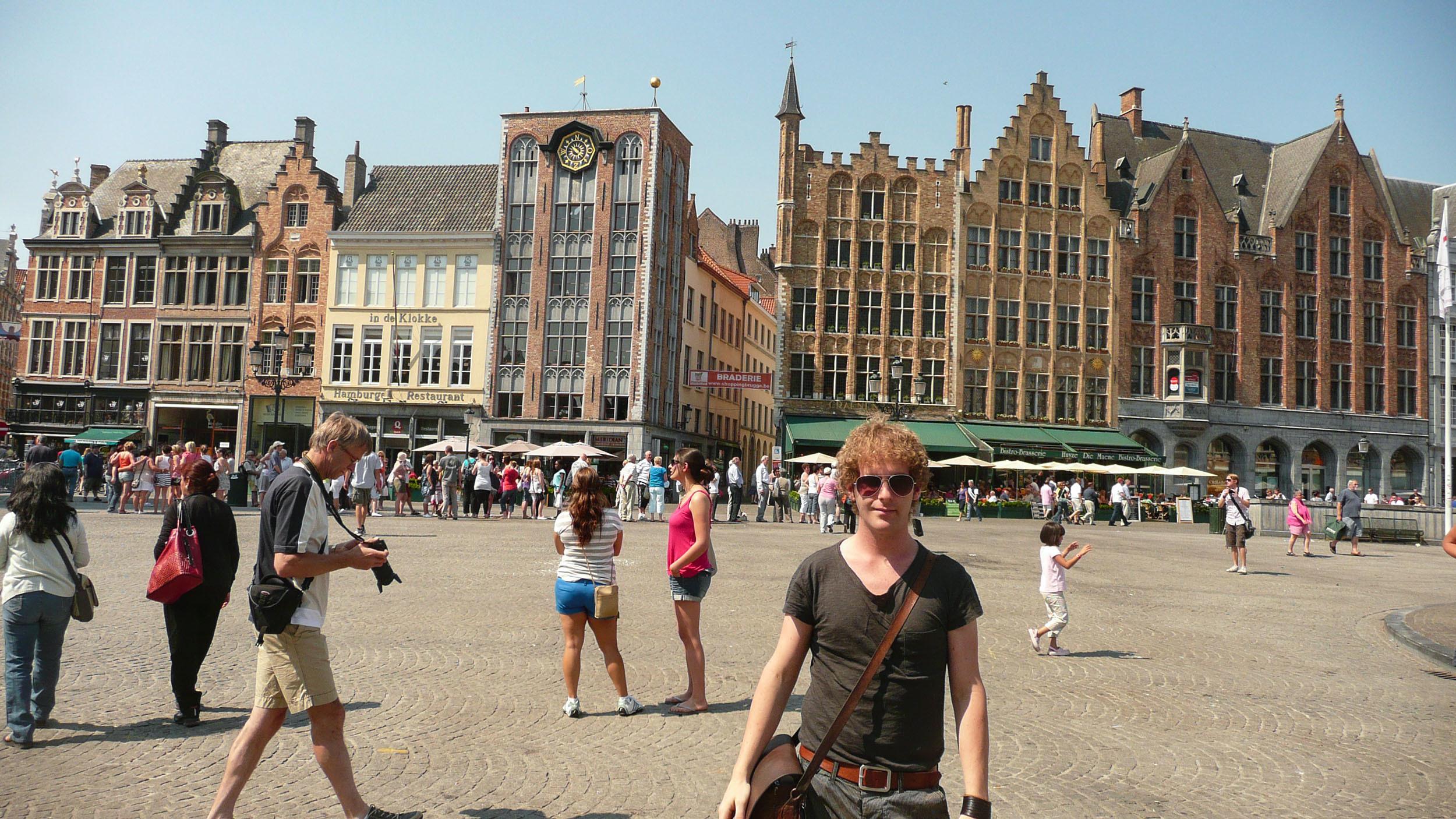
But Bruges isn’t just about its past — it’s a place where chocolate shops line centuries-old streets, where craft beer is an art form, and where a simple canal-side stroll can feel like stepping back in time.
Top Attractions & Experiences in Bruges
I arrived in Bruges under the bright sun, walking from the train station toward the city’s medieval heart. The scent of fresh bread drifted from corner bakeries, and window boxes overflowed with red and white geraniums, adding bursts of colour to the cobblestone streets.
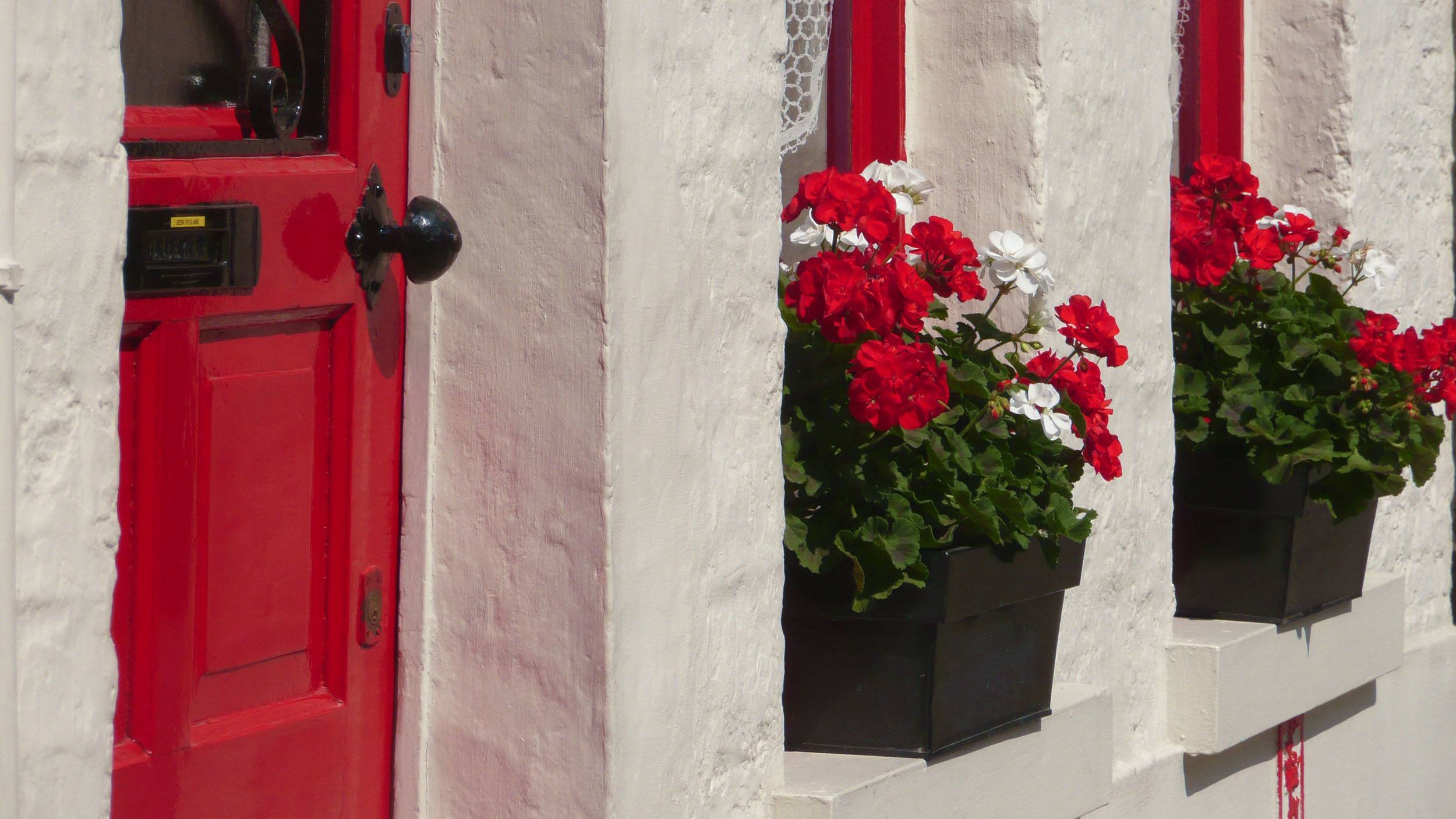
Bruges felt like a painting come to life — every bridge, canal, and sunlit square so perfect it seemed unreal.
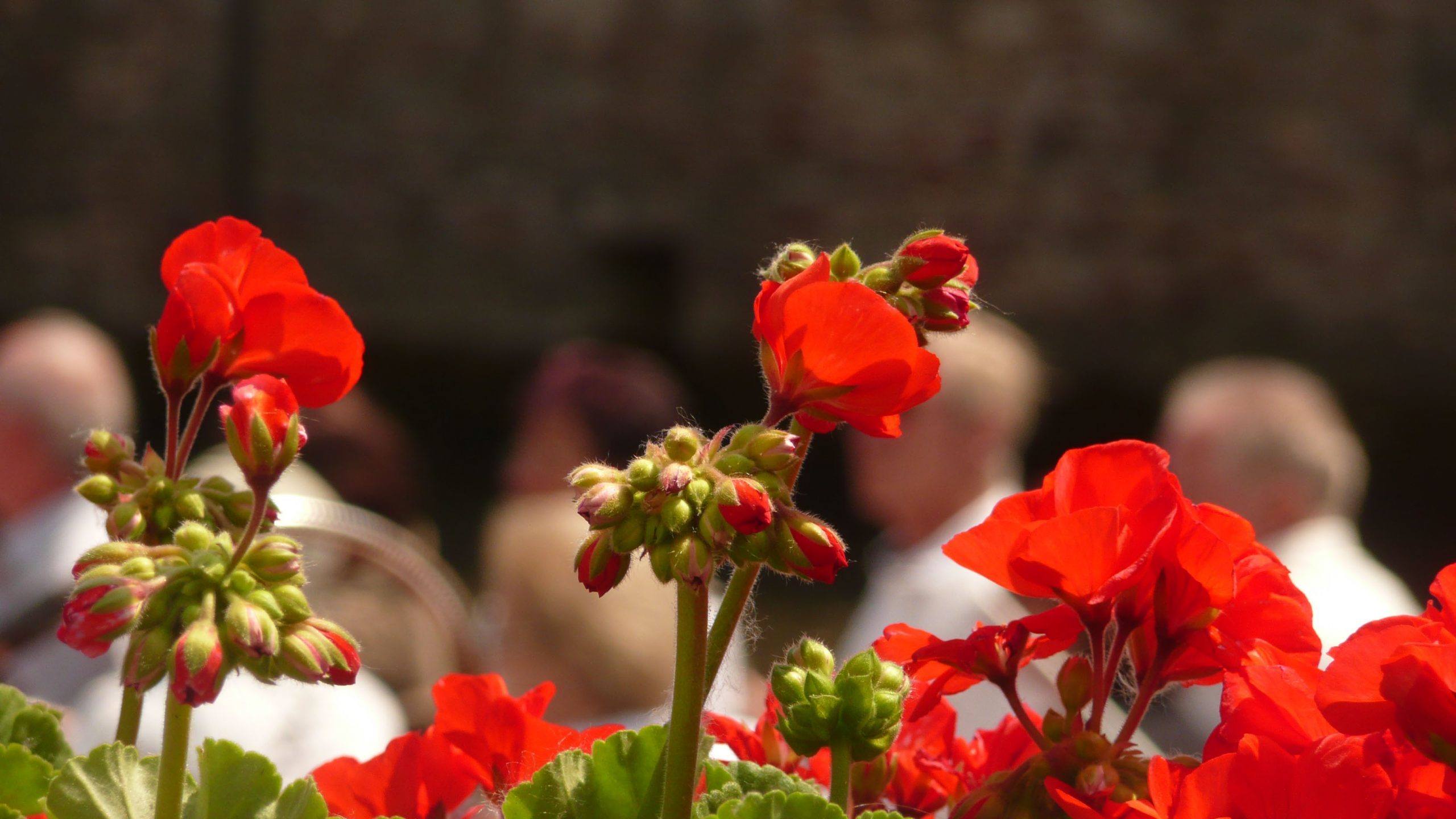
As I wandered through the Markt Square, the sound of horse-drawn carriages rattling over cobblestones mixed with the hum of café conversations. The Belfry of Bruges loomed overhead, and I couldn’t resist the climb — 366 spiralling steps later, I was breathless, but the view stretched out like a medieval tapestry, rooftops and church spires fading into the horizon.
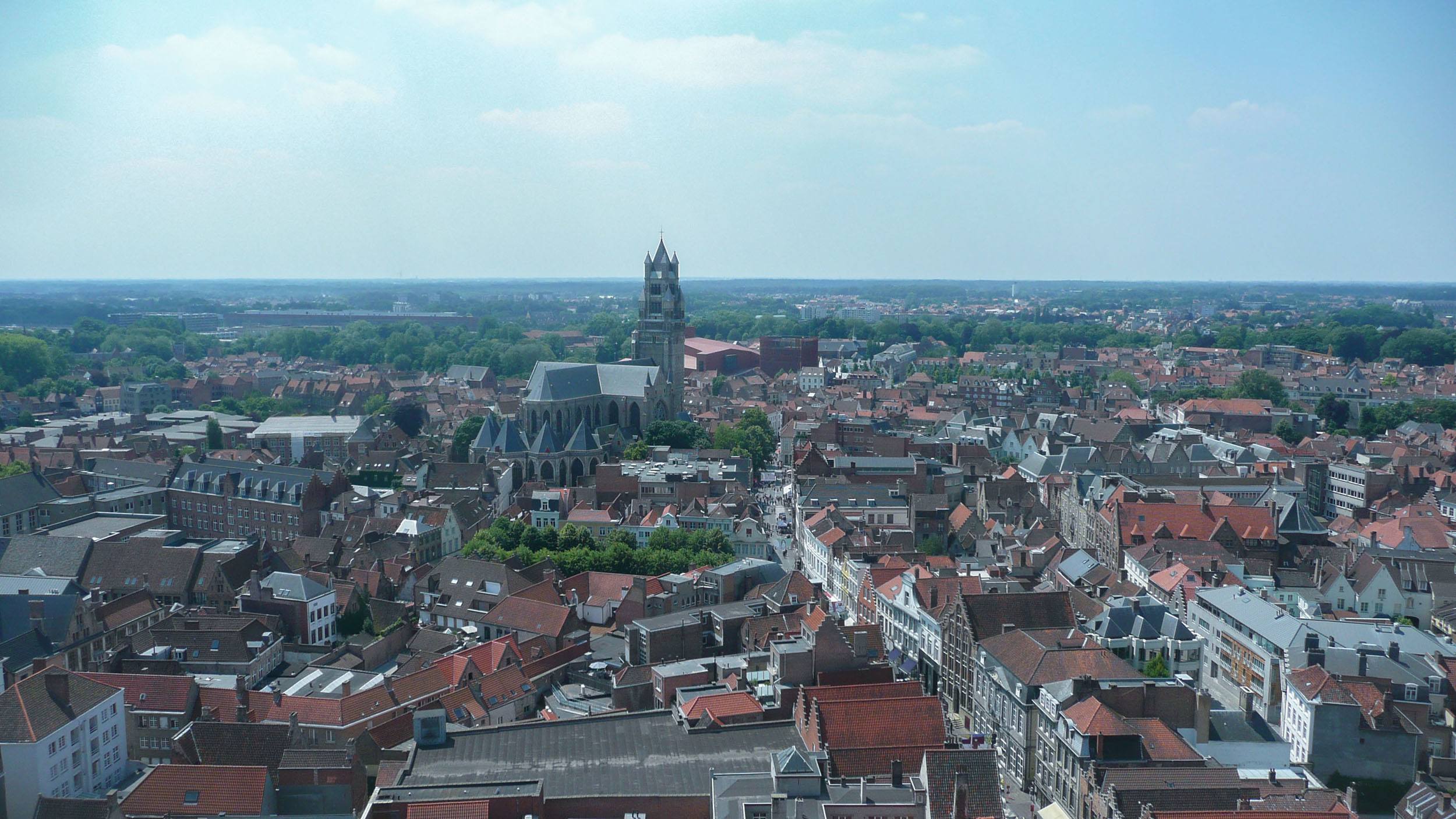
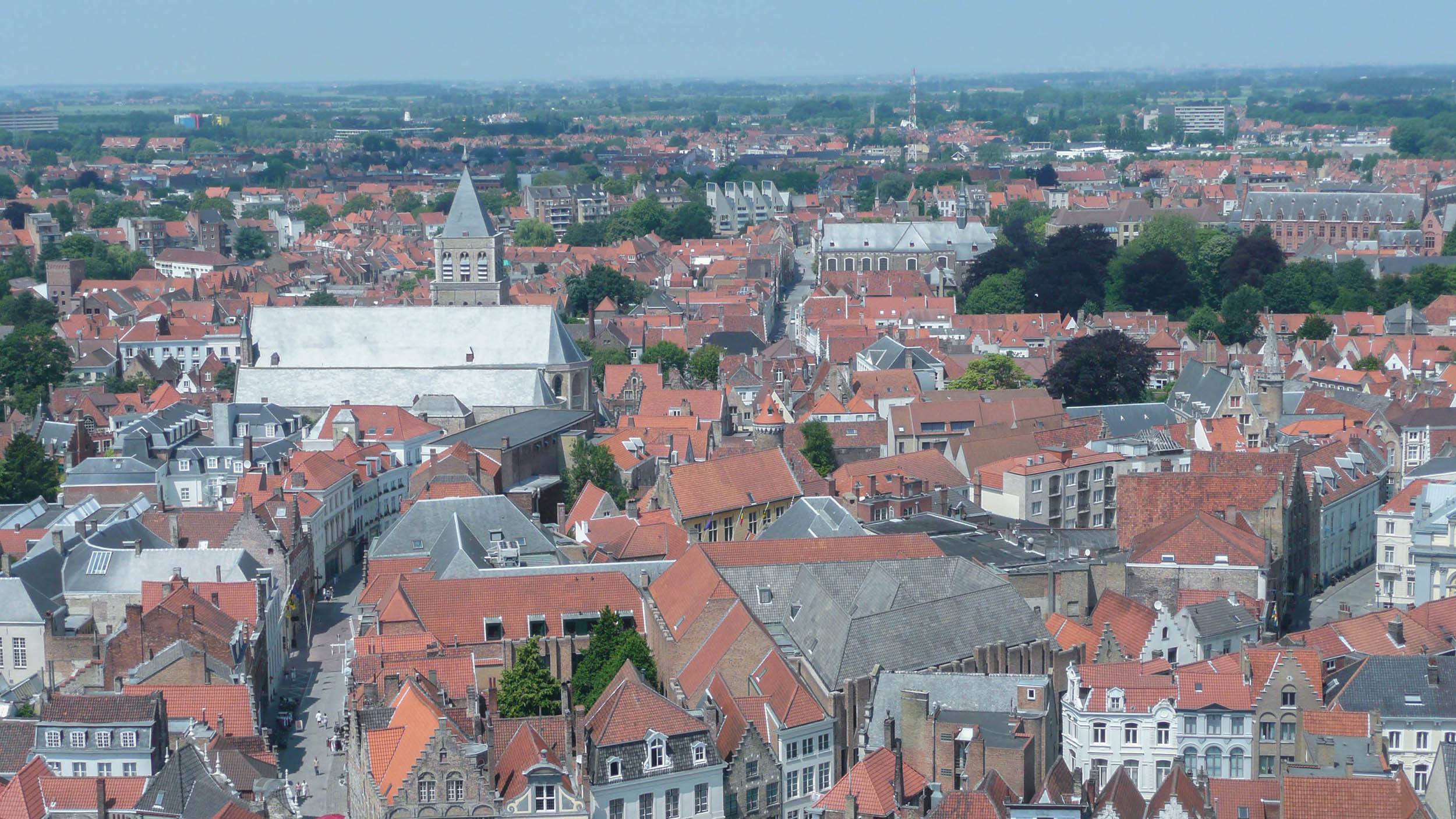
Back at ground level, I let the canals guide me.
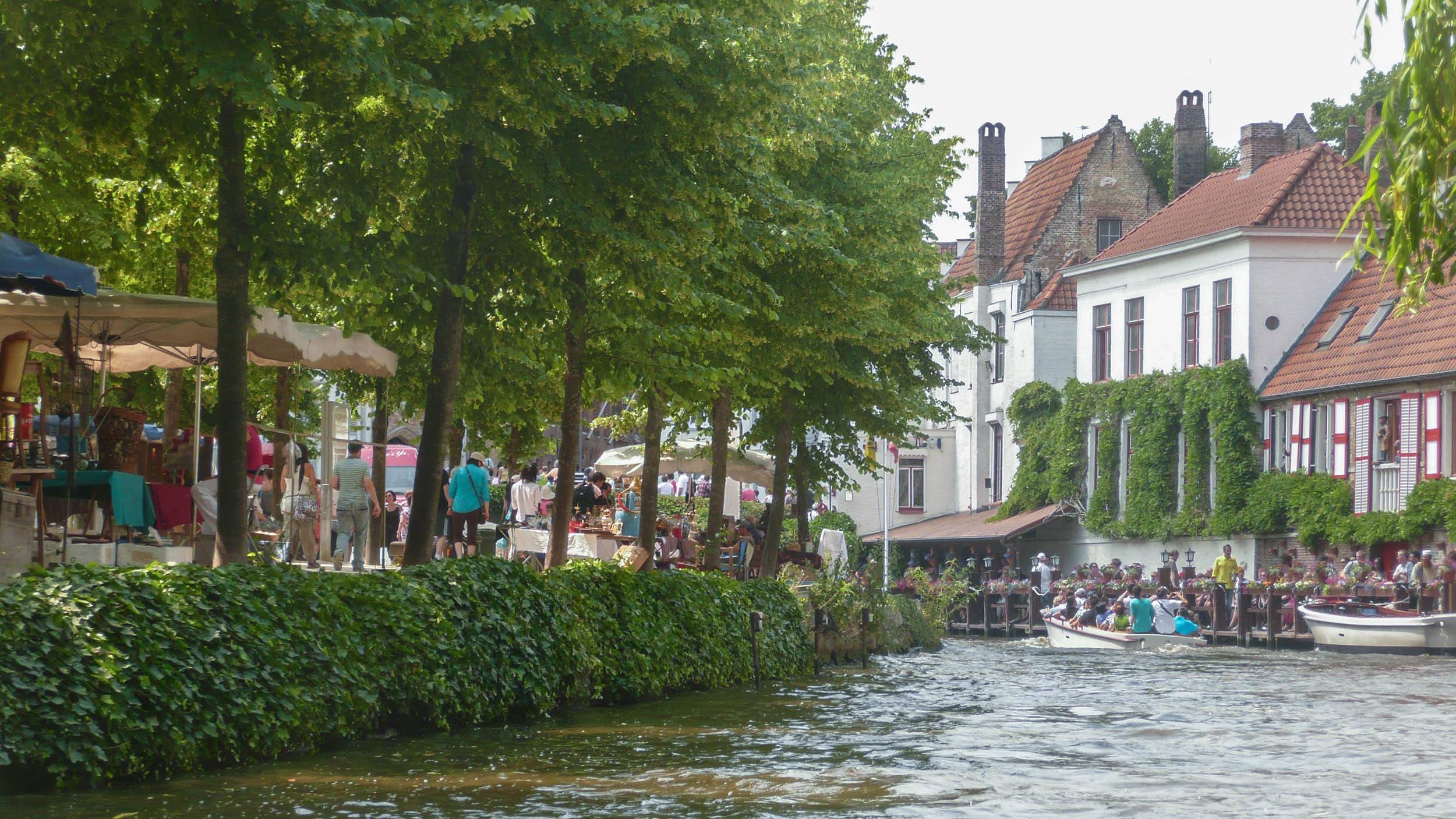
The reflections of centuries-old houses shimmered in the water, their facades dipping into the surface as if Bruges itself was unsure where the city ended and the canals began.
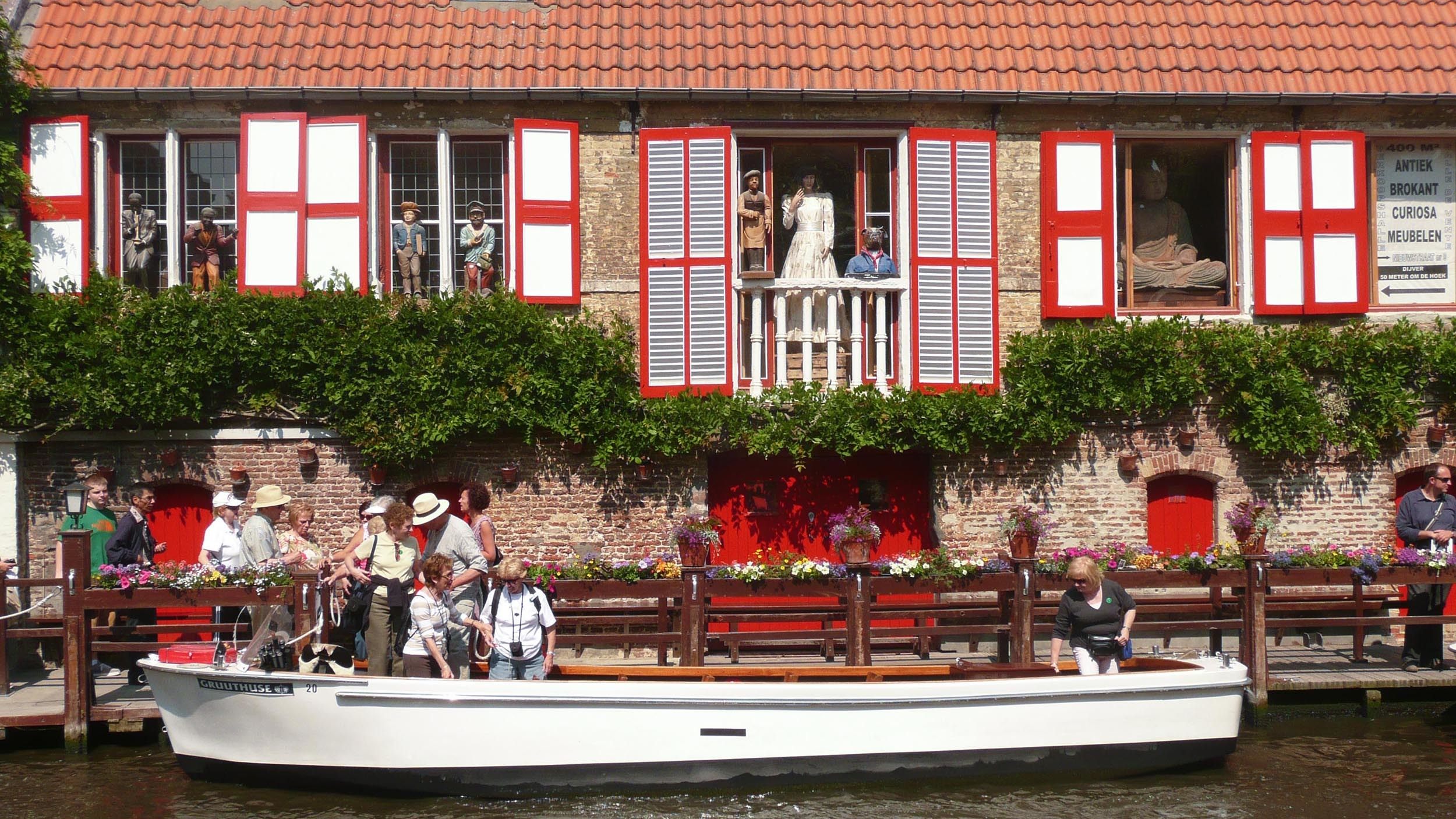
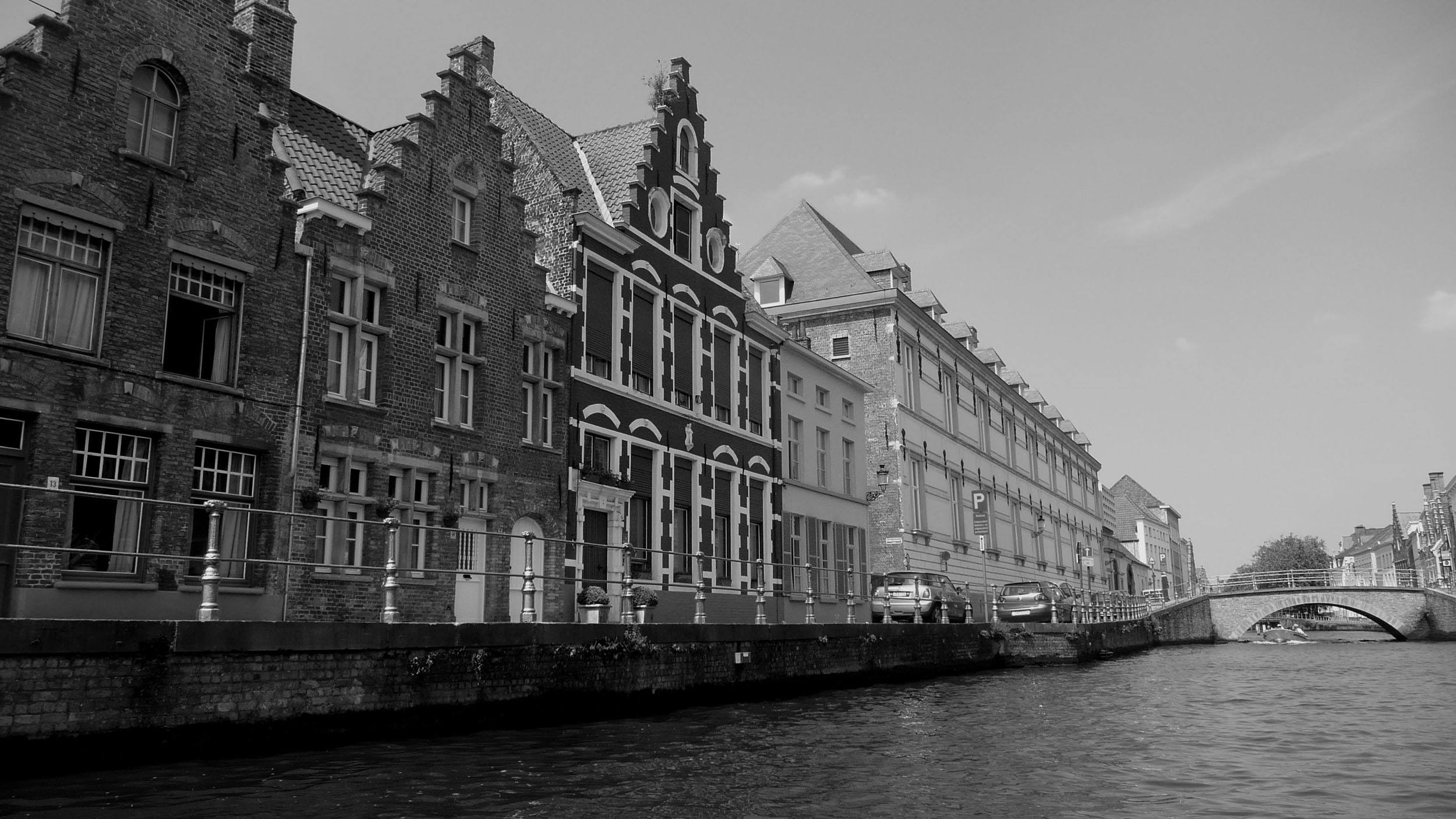
Taking a boat ride through the waterways was something I’d heard people rave about, and they weren’t wrong — from the water, Bruges unfolded in slow motion, revealing hidden courtyards, ivy-draped walls, and quiet corners I never would have found on foot.
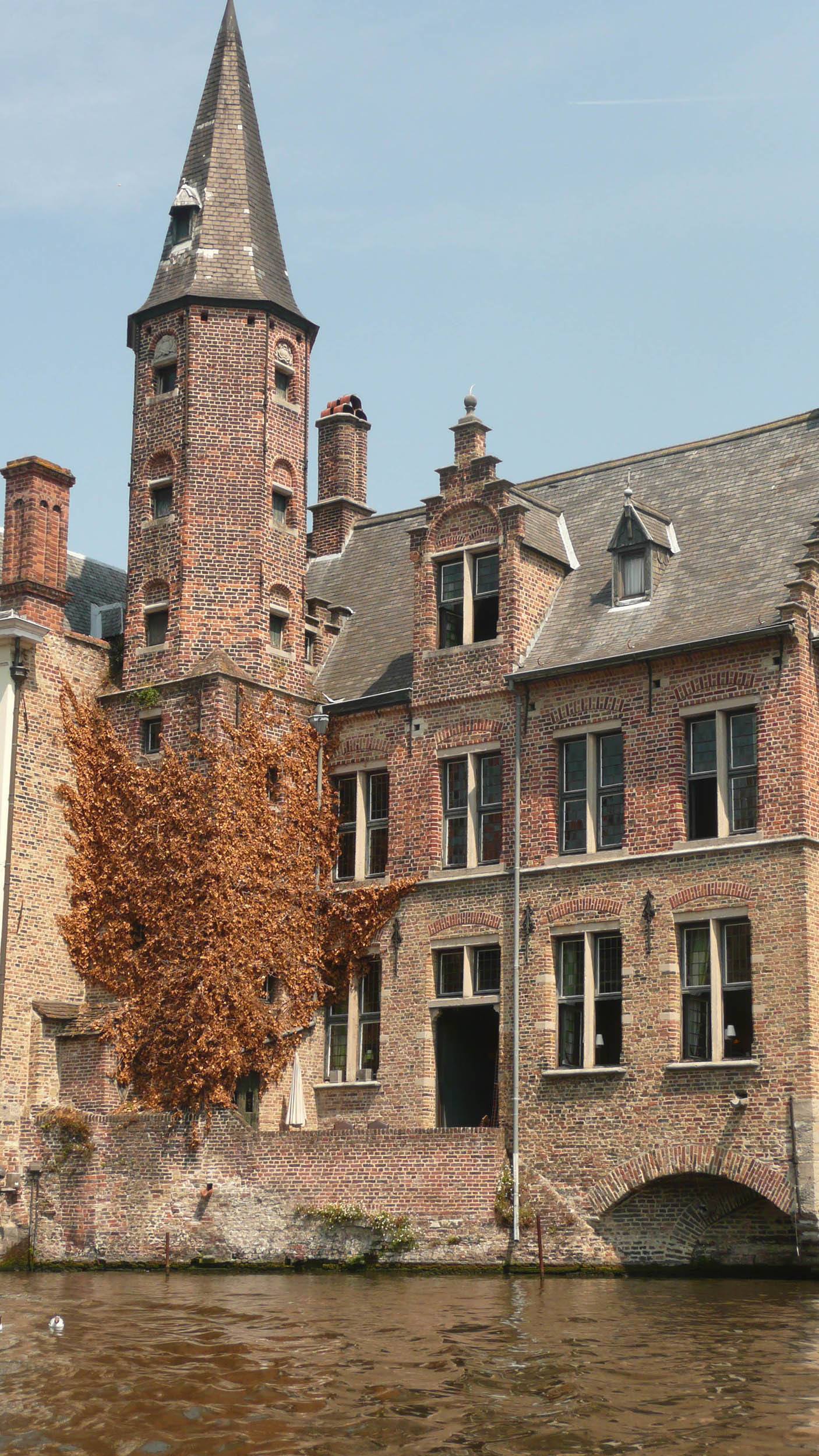
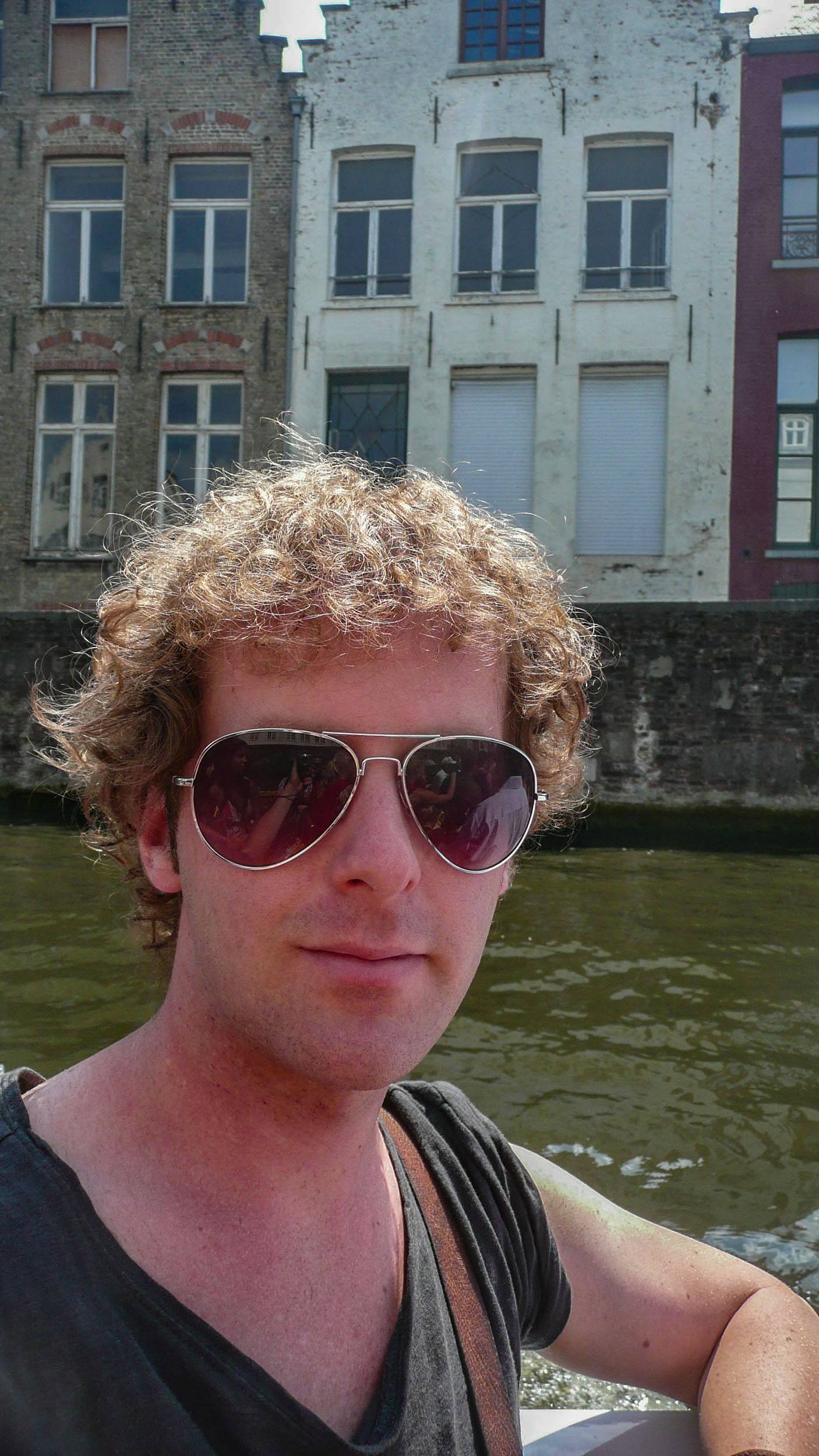
I stopped often, lingering in small squares shaded by Gothic churches, drawn in by the scent of freshly baked waffles that seemed to follow me everywhere.
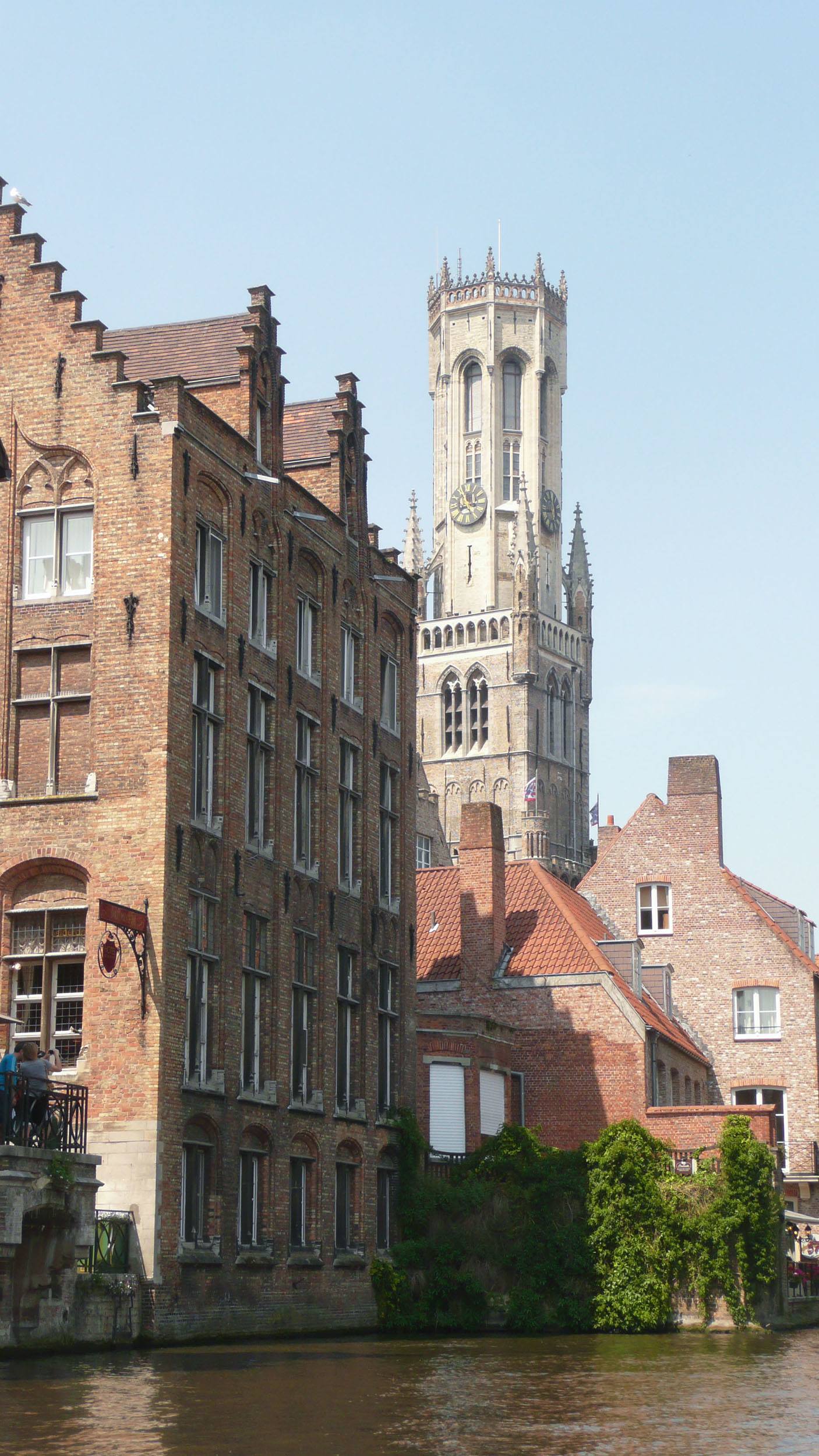
One bar, tucked away from the crowds, served Kriek beer, its deep red colour glowing in the dim light. The sweet-tart cherries softened the malt, making it unlike any beer I’d had before.
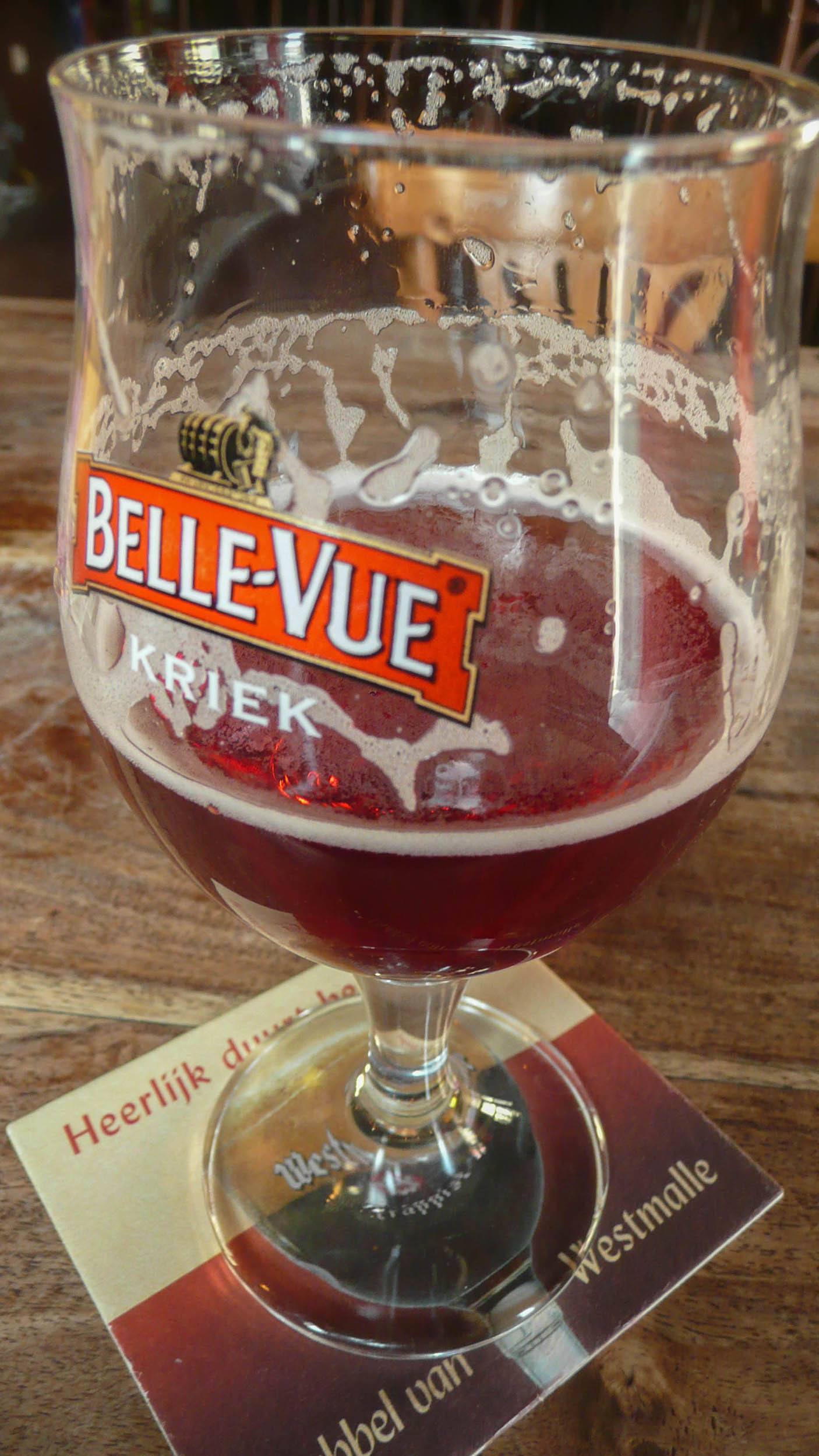
Near the canals, I stepped into the Basilica of the Holy Blood, where the flickering candlelight and scent of aged stone made the air feel heavy with history. The chapel held a relic said to contain a few drops of Christ’s blood — whether you believe it or not, the reverence in the room was undeniable.
Bruges wasn’t just beautiful — it pulled me in. Every street was an invitation to slow down, to linger, to lose myself in the quiet poetry of its canals and cobblestones.
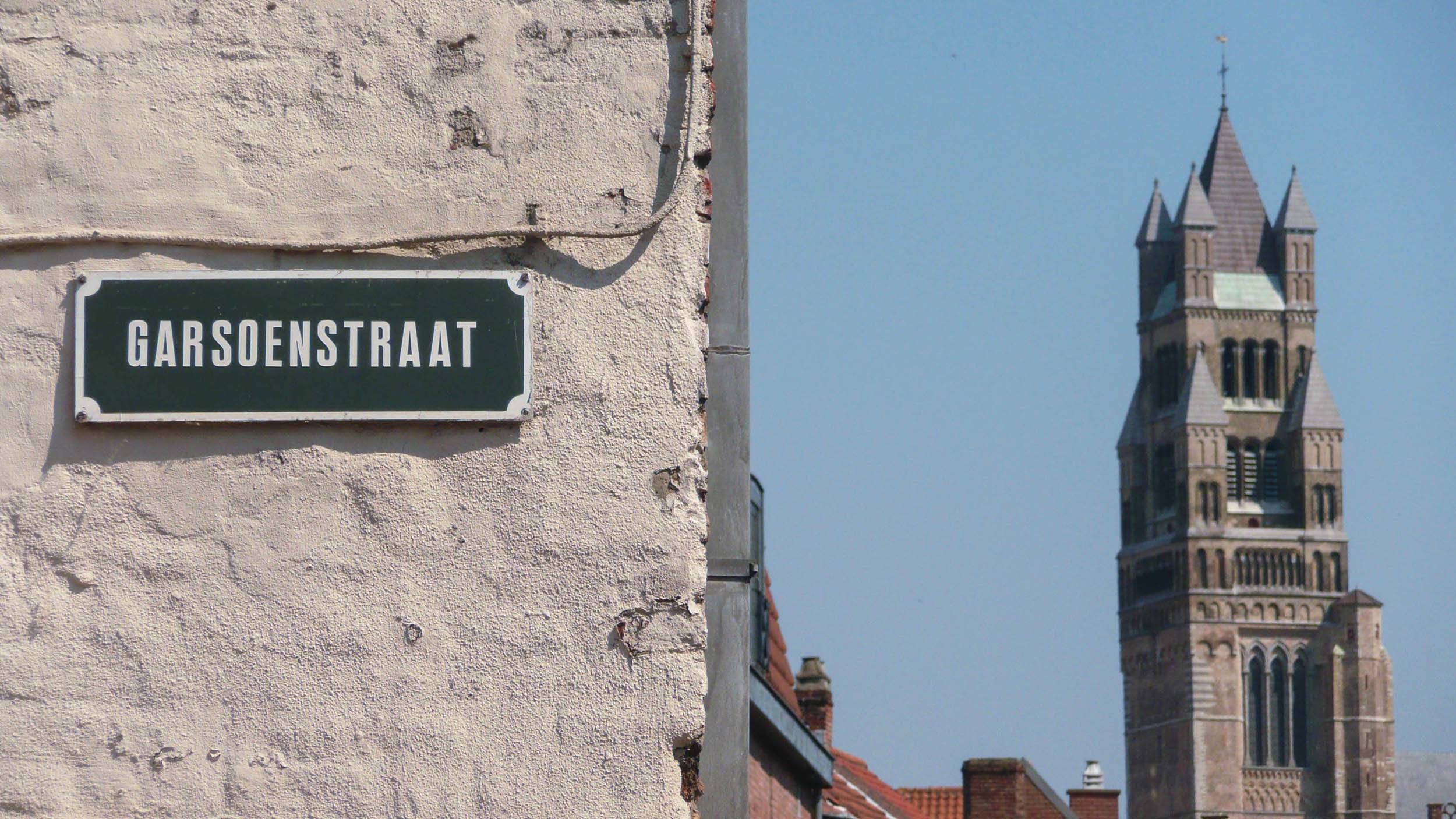
Bruges isn’t far from Belgium’s coastline, and with time to spare, I decided to take a short detour. A quick train ride brought me to the North Sea at Bredene, where the wind carried the scent of salt and seaweed.
The Belgian coast is often overlooked by travellers in favour of Bruges’ medieval charm, but it offers a different kind of tranquillity — a stark contrast to the city’s postcard-perfect streets.
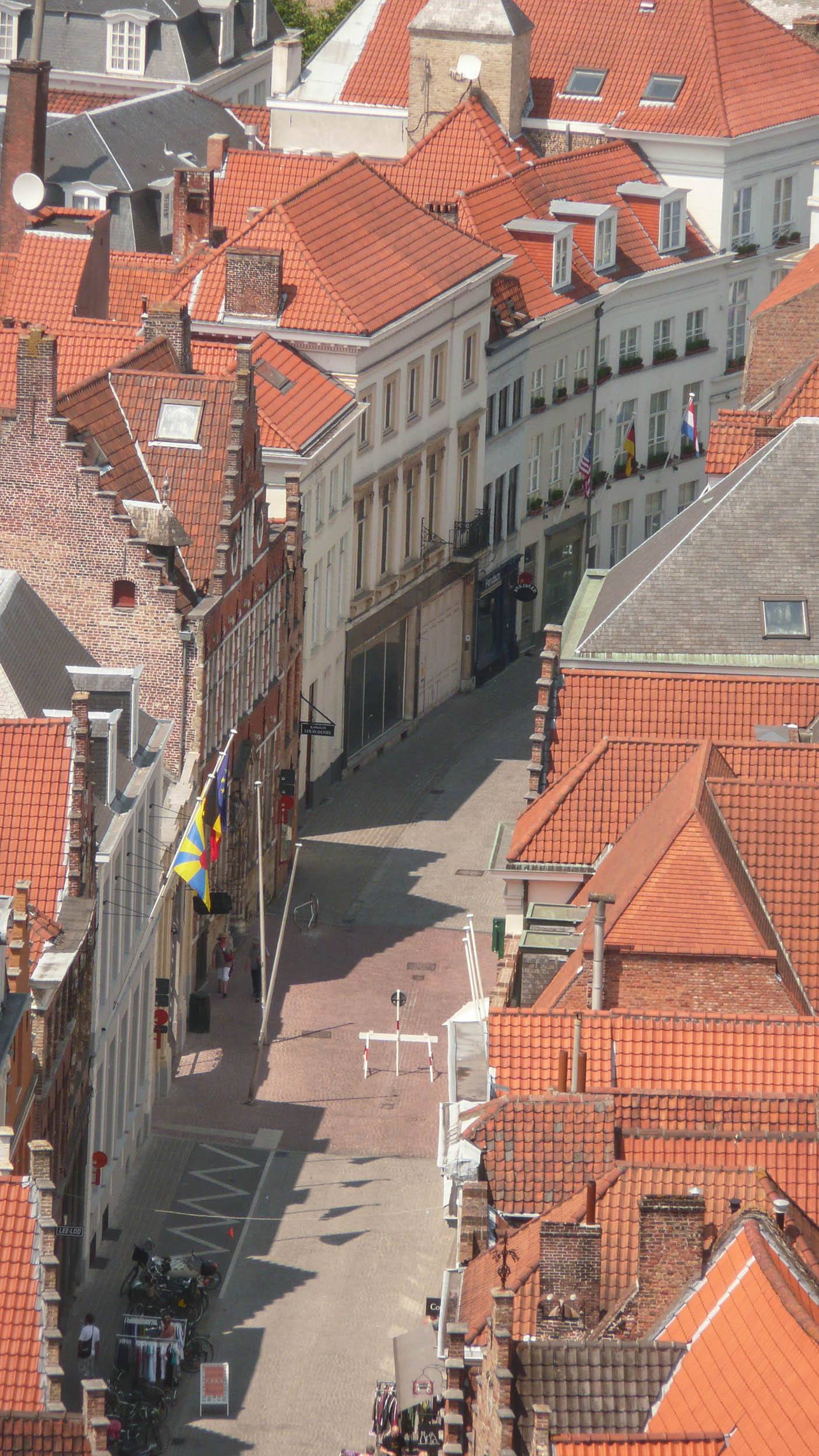
The dunes rolled toward the horizon, and beyond them, I stumbled across a nudist beach. There’s a certain liberation in walking barefoot along the shore, the cool water washing over the sand, the openness of the sea stretching endlessly ahead.
After a dip and a rest, I made my way back to Bruges, my skin tingling from the salty air and the quiet, unassuming beauty of Belgium’s coastline.
Recommended Length of Stay in Bruges
1 day is enough to explore the main attractions and enjoy the canals.
Accommodation - Where to Stay in Bruges
If you decide to stay overnight before moving to Ghent, Bruges offers a mix of charming guesthouses, canal-side boutique hotels, and budget-friendly stays, making it easy to find accommodation that suits your style and budget.
Budget: Snuffel Youth Hostel
If you're looking for an affordable stay in Bruges that doesn't feel like a last resort, Snuffel Youth Hostel is a solid pick. It’s got everything a budget traveller could ask for — clean dorms, spacious showers, and plenty of secure storage — without skimping on atmosphere. The bar is a major win, offering cheap drinks and a social vibe that makes it easy to meet fellow travellers.
Plus, with bike rentals and a killer location just a short walk from the Markt, it’s the perfect launchpad for exploring the city. Just be prepared for some late-night energy — this place hosts live music and events, so if you’re after total silence, pack earplugs!
Mid-Range: B&B De Vijf Zuilen
If you don’t mind being slightly outside the centre, B&B De Vijf Zuilen is a charming and quiet spot that feels more like staying with a long-lost (and very hospitable) Belgian relative than just another hotel. The legendary host, Ginette, is half the reason people rave about this place — she greets guests like old friends and serves up a breakfast that could make you rethink your entire morning routine.
The house itself is full of character, with cosy, well-kept rooms and a peaceful garden view. It’s about a 2km walk into Bruges' historic core, but with free parking on-site, it’s an ideal base if you have a car and want a retreat from the tourist buzz.
High End: Dukes’ Palace Brugge
If you’ve ever wondered what it feels like to live like royalty — minus the inconvenient political duties — Dukes’ Palace Brugge is your chance. Housed in a literal 15th-century ducal palace, this five-star stay is dripping with grandeur: soaring ceilings, marble bathrooms, and a garden so serene you half expect a swan to glide by with a fanfare.
The rooms? More like regal chambers, complete with plush furnishings and just enough old-world charm to remind you that, yes, you’re technically sleeping in a palace. Breakfast is a royal affair, the bar serves up cocktails fit for a king, and the Markt is just a short stroll away — because even nobles like to explore.
Food - Eating in Bruges
Bruges is known for its rich Belgian cuisine, from traditional stews to fresh waffles. Whether you're looking for authentic local flavours or something more international, there’s something for every budget.
- Frietmuseum Café – Grab a portion of Belgian fries at this quirky museum.
- Lizzie’s Wafels – Oversized, fluffy waffles at a reasonable price.
- Sanseveria Bagelsalon – A cozy café known for affordable bagels and brunch options.
- De Halve Maan Brewery – A historic brewery serving Flemish stew and house-brewed beers.
- The Olive Tree – A highly rated spot for Mediterranean cuisine.
- Chez Albert – One of the best waffle spots in town, perfect for a sweet treat.
Transportation - Getting Around Bruges
Bruges is a small, walkable city, but there are a few ways to explore beyond the historic centre.
On Foot
The best way to experience Bruges, as most attractions are within walking distance.
By Bike
Renting a bike is ideal for reaching the city’s outskirts and the iconic windmills. Places like De Ketting or Blue Bike rent bicycles.
By Boat
A canal cruise offers a different perspective, showcasing Bruges from the water. Some travellers like to go early for fewer crowds, others prefer golden hour for the best light.
Transportation - Getting to Bruges
Bruges is well-connected to the rest of Belgium, making it an easy next stop after Brussels or other major cities.
By Train
The fastest and most convenient option, with direct trains from Brussels taking around 1 hour. There are also frequent connections from Ghent, Antwerp, and other Belgian cities.
By Bus
A budget-friendly alternative, with services running from Brussels, Ghent, and Antwerp. Travel times vary, but expect around 1.5–2 hours from Brussels.
GHENT (Days 4-5)
I have to be honest — I didn’t visit Ghent on my Belgium itinerary. I planned to, but I ended up spending more time in Brussels, Bruges, and Antwerp instead. Still, I wish I had made time for it, as Ghent is often described as a perfect balance between Bruges' medieval charm and Antwerp’s modern energy.
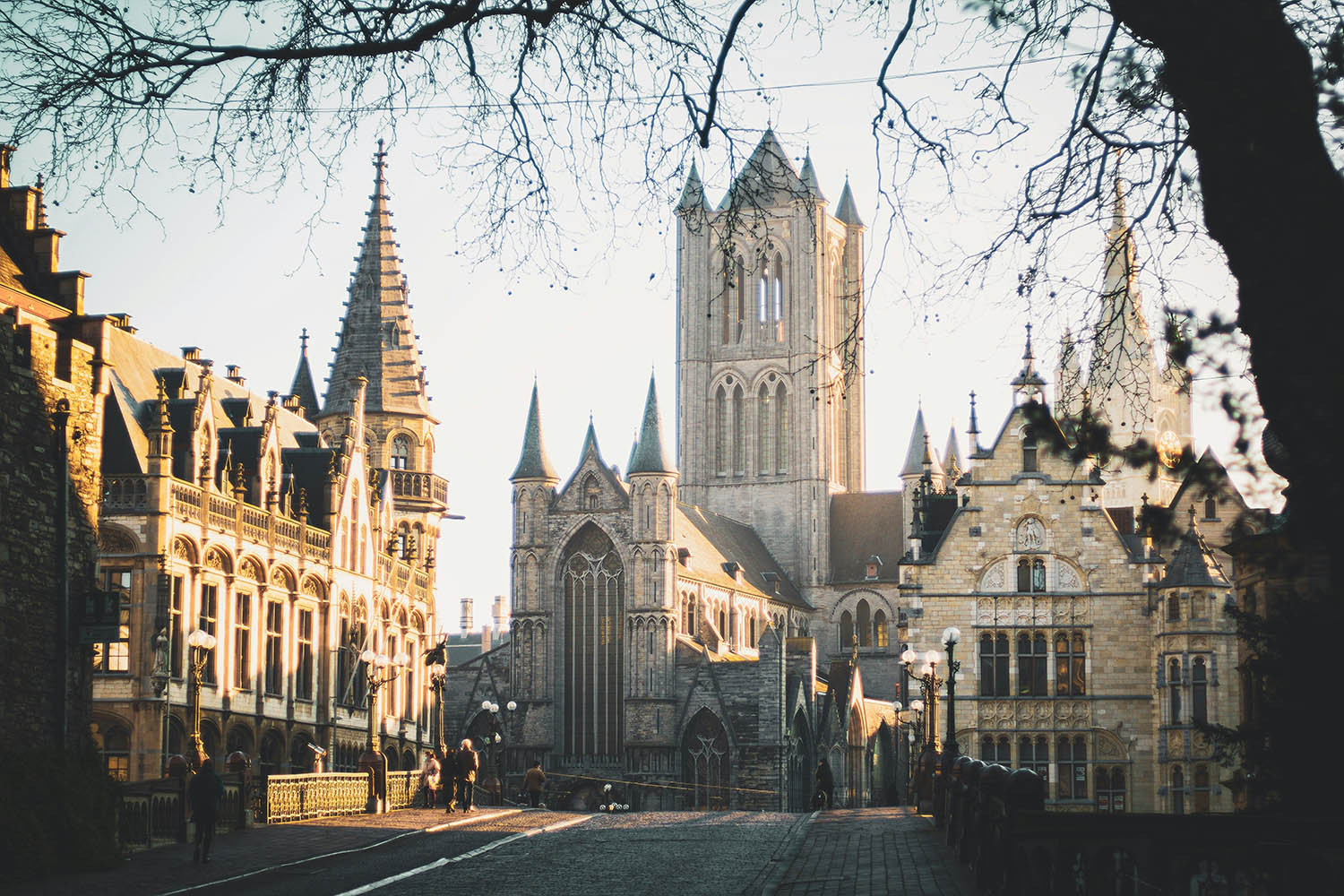
Would I go back to Belgium just to visit Ghent? Absolutely.
If you’re planning your own trip, here’s what makes Ghent worth considering.
Top Attractions & Experiences in Ghent
A city where medieval towers rise above lively canals, Ghent blends history with a youthful energy. The Gravensteen Castle, a 12th-century fortress, dominates the city centre with its imposing stone walls and panoramic rooftop views.
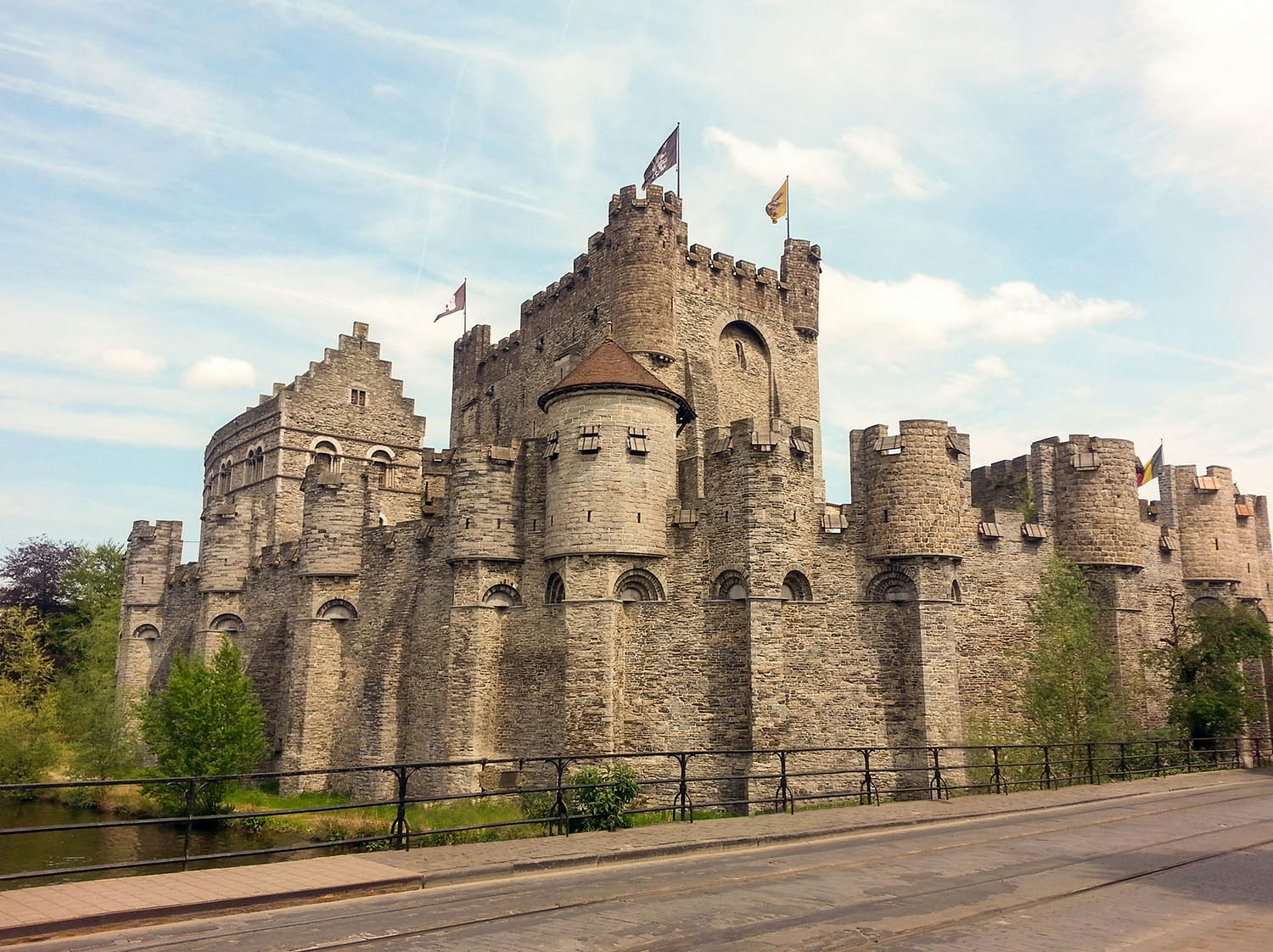
Just a short walk away, St. Bavo’s Cathedral houses the world-famous Adoration of the Mystic Lamb, a masterpiece of Flemish art that has survived theft, war, and time itself.
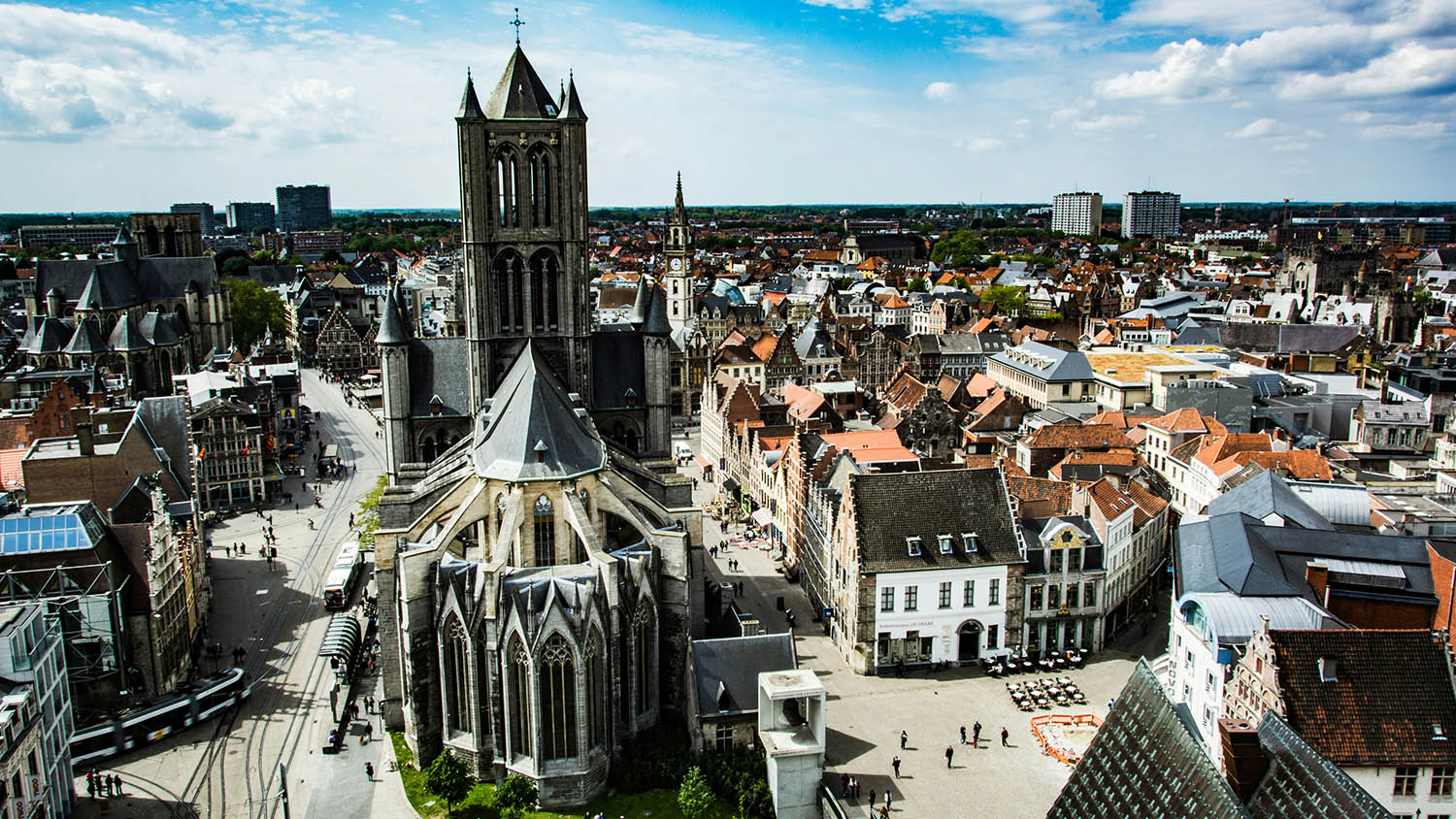
Along the Graslei and Korenlei, the historic riverfront, gabled guild houses reflect on the water, making it one of the most picturesque spots in Belgium. The Patershol district, a maze of cobbled streets and converted warehouses, offers an eclectic mix of restaurants and cafés, perfect for soaking in the city’s atmosphere.
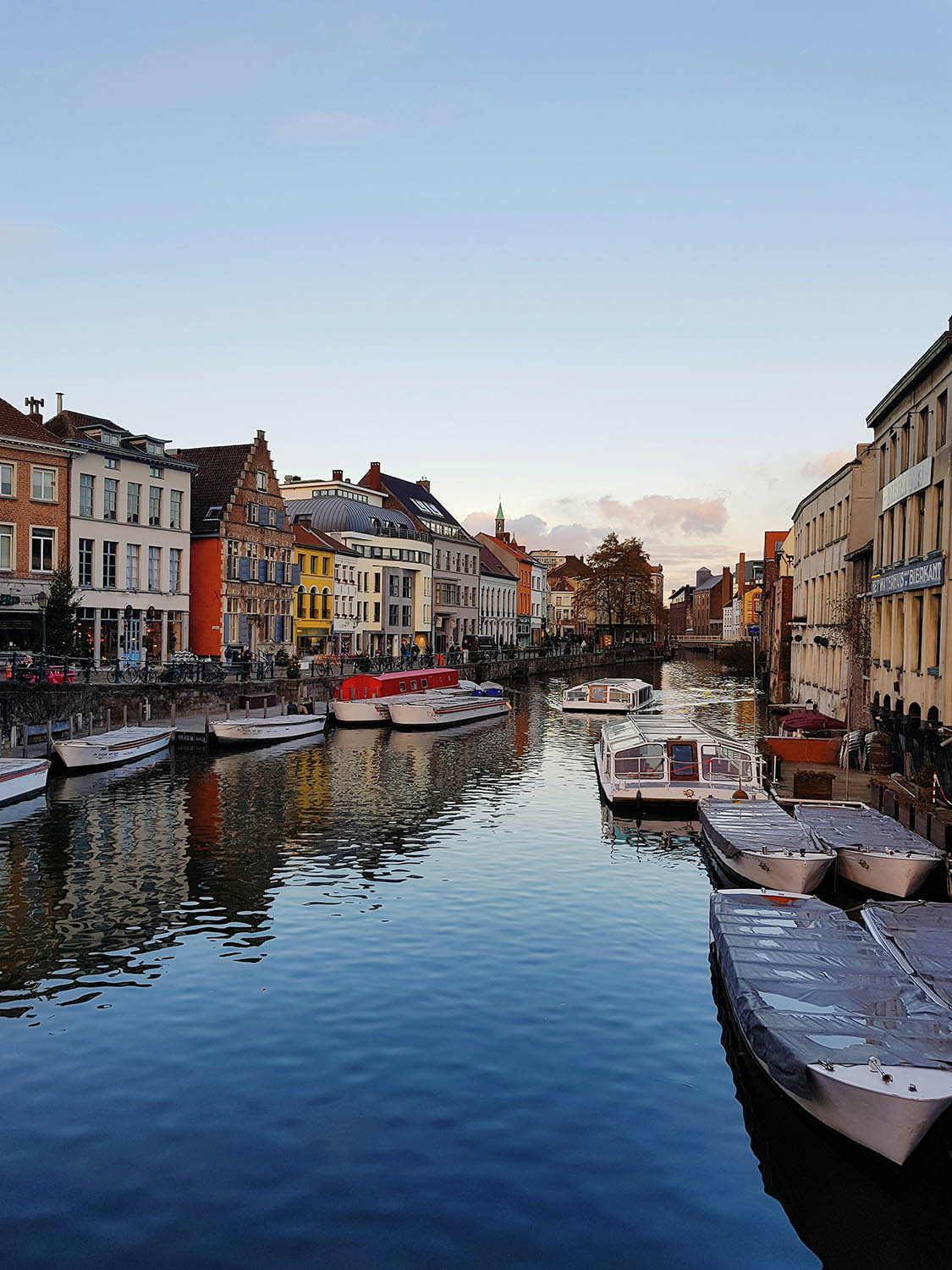
In the evening, Ghent transforms. The city’s strategic lighting plan illuminates its most beautiful landmarks, turning a simple nighttime walk into an experience in itself. The St. Michael’s Bridge is the perfect vantage point to take it all in — church spires, castle towers, and canals shimmering under the glow of carefully placed lights.
Recommended Length of Stay in Ghent
1–2 days is ideal for covering the main sites and enjoying the atmosphere.
Accommodation - Where to Stay in Ghent
From boutique hotels along the canals to budget-friendly hostels in the city centre, Ghent offers a range of accommodation options to suit different travel styles.
Budget: Hostel Uppelink
If you want to wake up to some of the best views in Ghent without blowing your budget, Hostel Uppelink is the place to be. Sitting right next to Saint Michael's Bridge, this historic riverside hostel puts you in prime position for sightseeing — plus, you can rent a kayak right from the front door and paddle past centuries-old guild houses. The dorms are simple but clean, the communal kitchen has unbeatable city views, and there’s a cosy bar downstairs where you can swap travel stories over Belgian beer.
Bonus: free walking tours to get your bearings in Ghent without spending a cent.
Mid-Range: Hotel Onderbergen
Hotel Onderbergen blends boutique charm with an unbeatable location, making it a great choice for those who want a stylish stay in Ghent without the five-star price tag. Housed in a historic building with high ceilings and hardwood floors, it’s got character without sacrificing modern comforts — think smart TVs, plush beds, and a cosy bar downstairs that shows Sky Sports. It’s also a short stroll from Ghent’s medieval centre, meaning you can soak up the city’s charm by day and retreat to a peaceful room by night.
Bonus: If you fancy a pint, there's an Irish pub right next door.
High End: Pillows Grand Boutique Hotel Reylof Ghent
If you like your luxury with a side of old-world grandeur, Pillows Grand Boutique Hotel Reylof Ghent delivers in style. Housed in a historic mansion, this high-end hideaway is all about refined indulgence — think high ceilings, original artwork, and plush interiors that make you feel like Belgian aristocracy (minus the royal duties). The wellness spa, complete with a sauna and spa pool, is the kind of place where stress goes to die, and the restaurant serves up modern Flemish cuisine that could convince you to extend your stay.
Just a short stroll from Ghent’s medieval centre, this is the spot for travellers who want elegance, comfort, and a touch of aristocratic flair.
➡ Click here to book Pillows Grand Boutique Hotel Reylof Ghent
Food - Eating in Ghent
Ghent’s food scene blends traditional Belgian flavors with a modern, laid-back vibe. From classic Flemish stews to vegan-friendly eateries, there’s something for every traveller’s taste and budget.
- De Graslei – A scenic spot along the canal, perfect for dining with a view.
- 't Klokhuys – Serves hearty Flemish carbonnade (beef stew) in a cozy, rustic setting.
- Balls & Glory – Famous for its stuffed meatballs and mashed potatoes, a Belgian comfort food staple.
- Souplounge – A budget-friendly, vegetarian-friendly soup bar popular with students.
- Moor & Moor – A trendy café offering vegan dishes and locally roasted coffee.
- Frites Atelier – For high-end Belgian fries with gourmet toppings.
Transportation - Getting Around Ghent
Ghent’s compact city centre makes it easy to explore, whether on foot, by bike, or using public transport.
On Foot
Much of Ghent’s historic centre is car-free, making walking the best way to take in its medieval charm. Landmarks like Gravensteen Castle, St. Bavo’s Cathedral, and the Graslei are all within easy walking distance.
By Bike
Cycling is a popular and convenient way to get around Ghent. There are plenty of bike rental shops in the city, and dedicated lanes make it safe for cyclists.
By Tram & Bus
De Lijn operates an efficient tram and bus network, with tram lines 1, 2, and 4 being the most useful for visitors. A day pass offers unlimited travel and is the best value if using public transport frequently.
Transportation - Getting to Ghent
Ghent is well-connected by public transport, making it an easy stop between Bruges and Antwerp or a great day trip from Brussels.
By Train
The most convenient way to reach Ghent is by train. Direct trains from Bruges take around 25 minutes, while Brussels to Ghent takes about 40 minutes. The main station, Gent-Sint-Pieters, is a short tram or bus ride from the city center.
By Bus
For budget travellers, FlixBus and De Lijn offer affordable bus routes between major Belgian cities, though travel times are longer than by train.
ANTWERP (Days 6–7)
Antwerp doesn’t announce itself with fairy-tale charm like Bruges, nor does it carry the political gravitas of Brussels. Instead, it hums with quiet confidence — a city where past and present meet in a seamless blend of trade, art, and everyday life. The streets pulse with movement: trams clatter over tracks, bicycles whiz past, and the scent of freshly baked bread spills from corner bakeries.
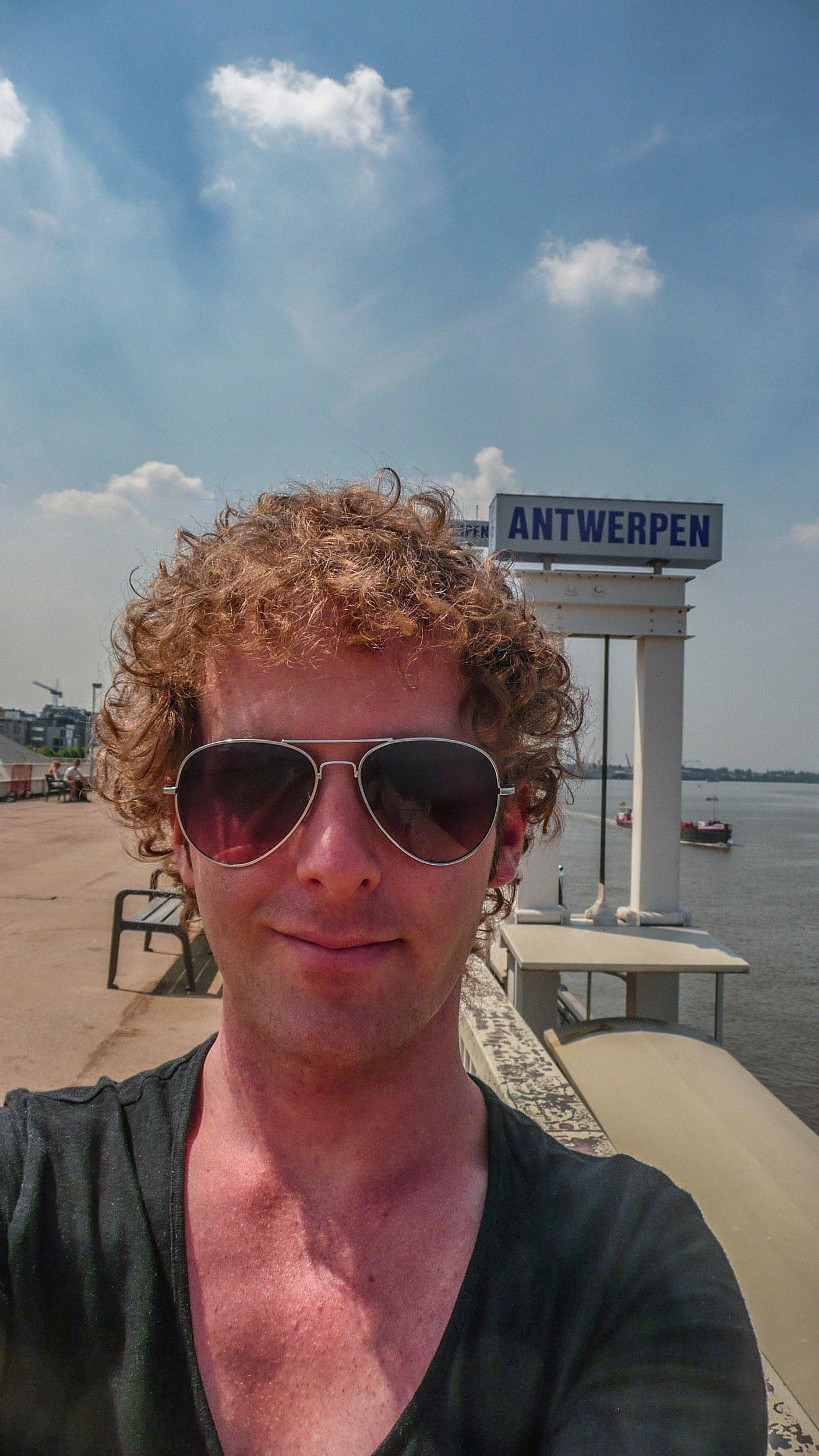
It’s a city of makers and merchants, where history isn’t just preserved but lived in. The Scheldt River, the artery that has long fuelled Antwerp’s prosperity, carves its way past the old docks, now home to warehouse-turned-galleries, cafés, and concept stores. Nearby, diamond cutters bend over their workbenches in Diamantkwartier, polishing stones that will soon travel across the globe.
But Antwerp’s appeal isn’t just economic — it’s visceral.
I glance upward and take in the ornate façades lining the streets, but rather than being stuck in the past, the city embraces reinvention.
Fashion spills from boutique windows, Antwerp’s avant-garde designers shaping the industry far beyond Belgium’s borders. Street art flourishes in tucked-away alleys. And as day fades, the city unwinds at riverside bars, the golden light bouncing off beer glasses and reflecting on the Scheldt’s surface.
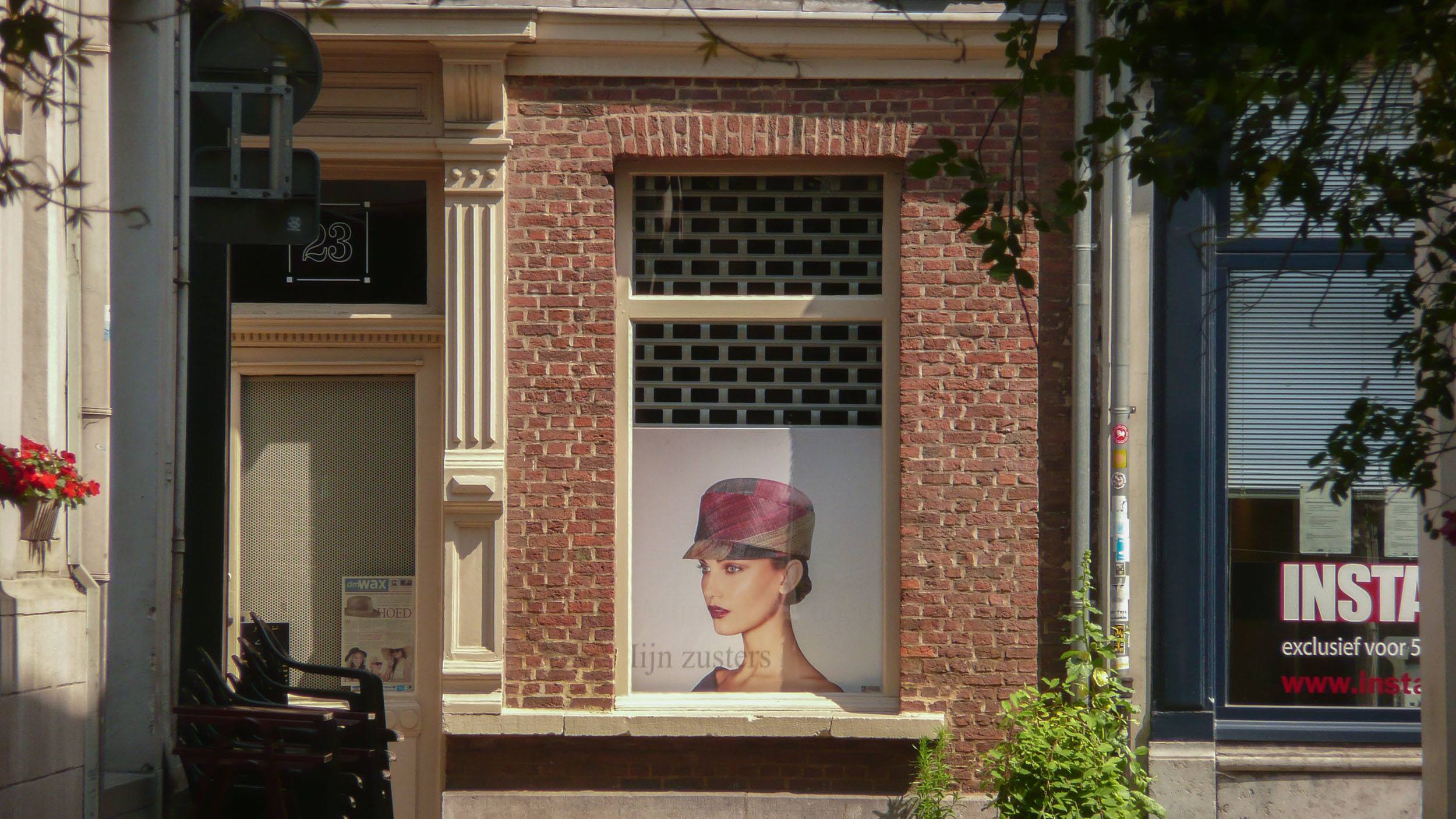
Antwerp doesn’t ask for admiration — it simply exists, bold and unpolished, waiting to be explored.
Top Attractions & Experiences in Antwerp
Antwerp is a city that demands to be experienced, not just seen.
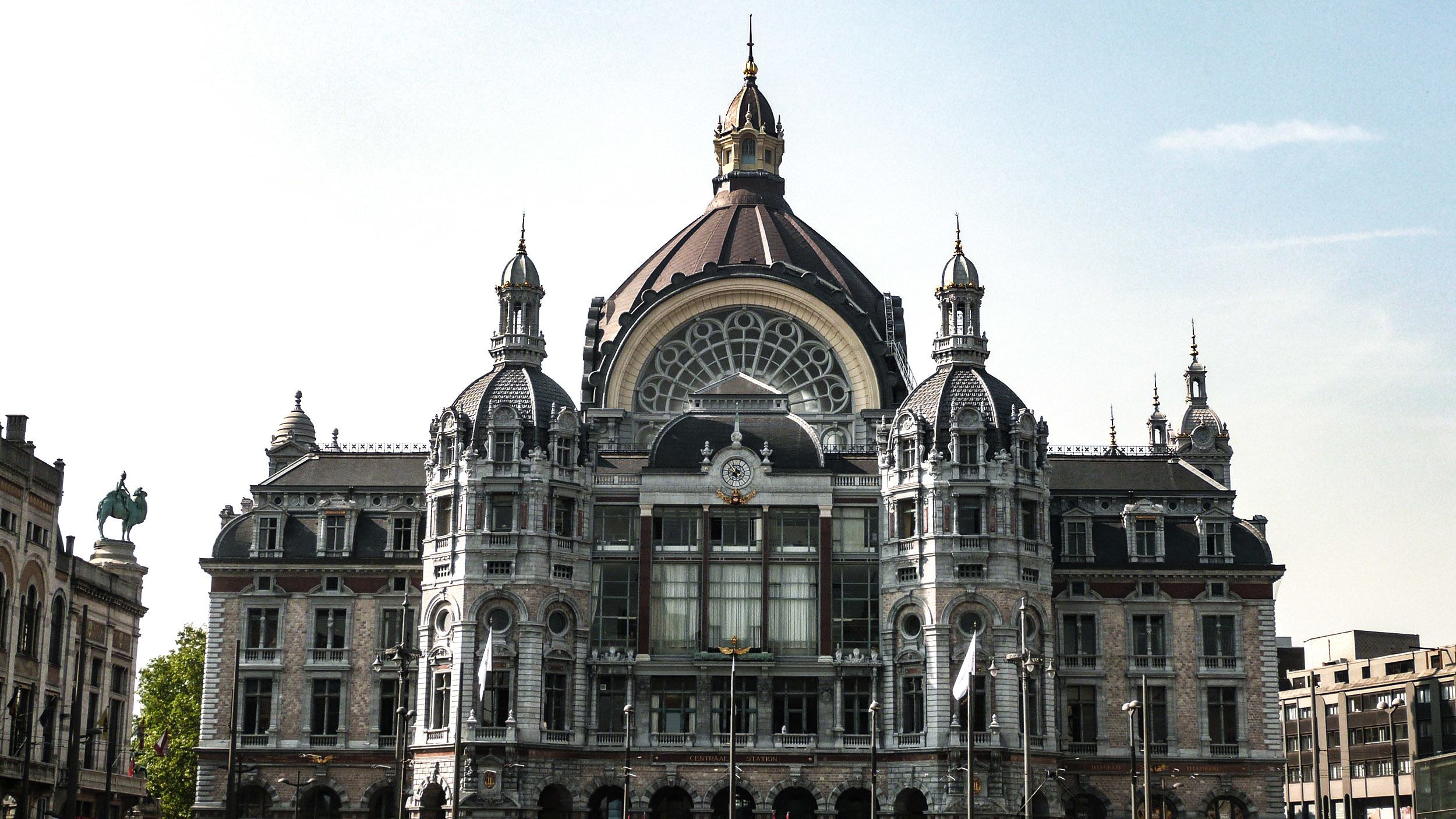
Wandering through Grote Markt, I felt like I had stepped into a painting — the ornate guildhalls stood tall, their gold accents glinting in the sunlight, while the clatter of café chairs and the murmur of conversation filled the square. The heart of the city beats here, in the open air, where past and present effortlessly intertwine.
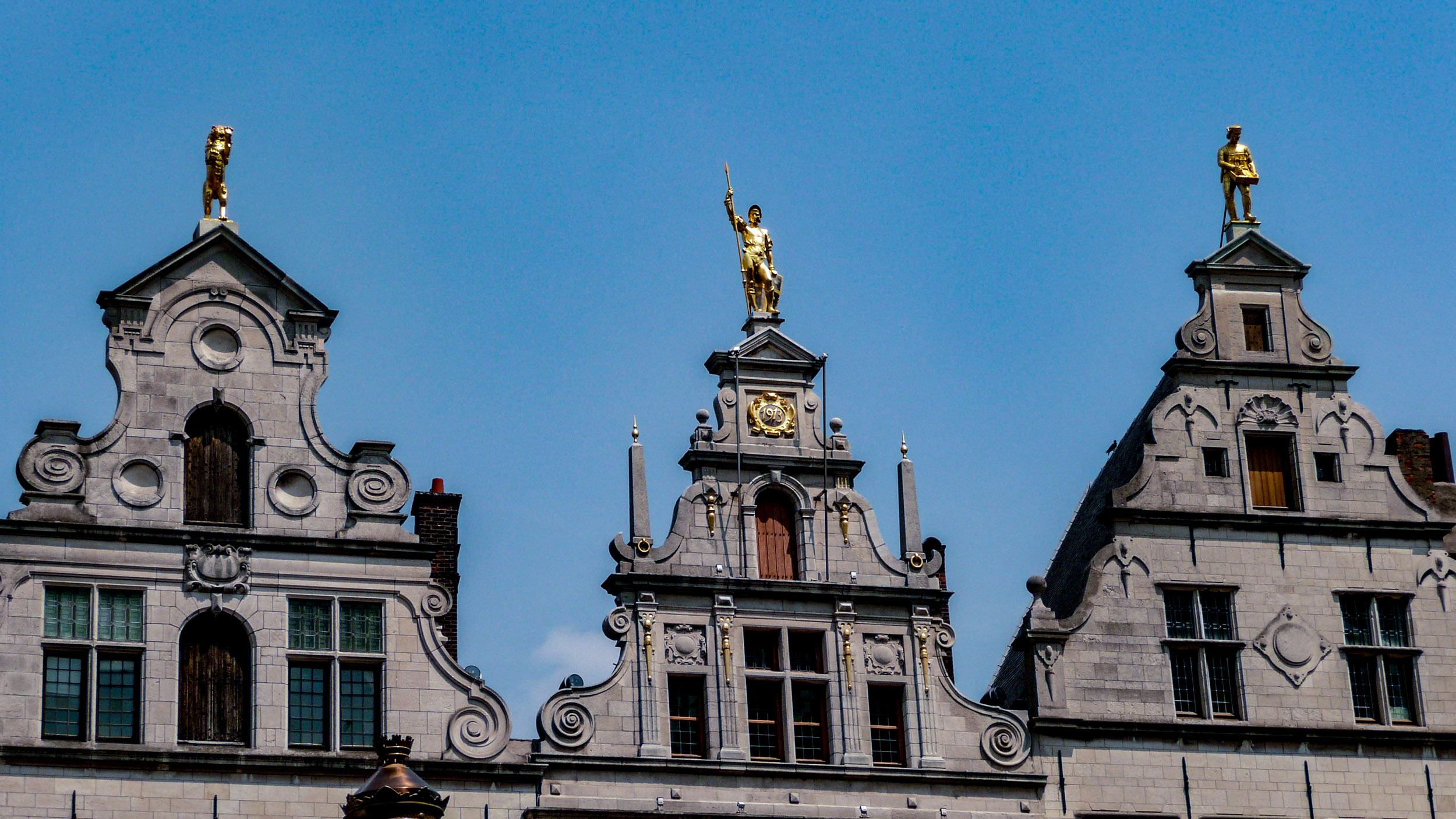
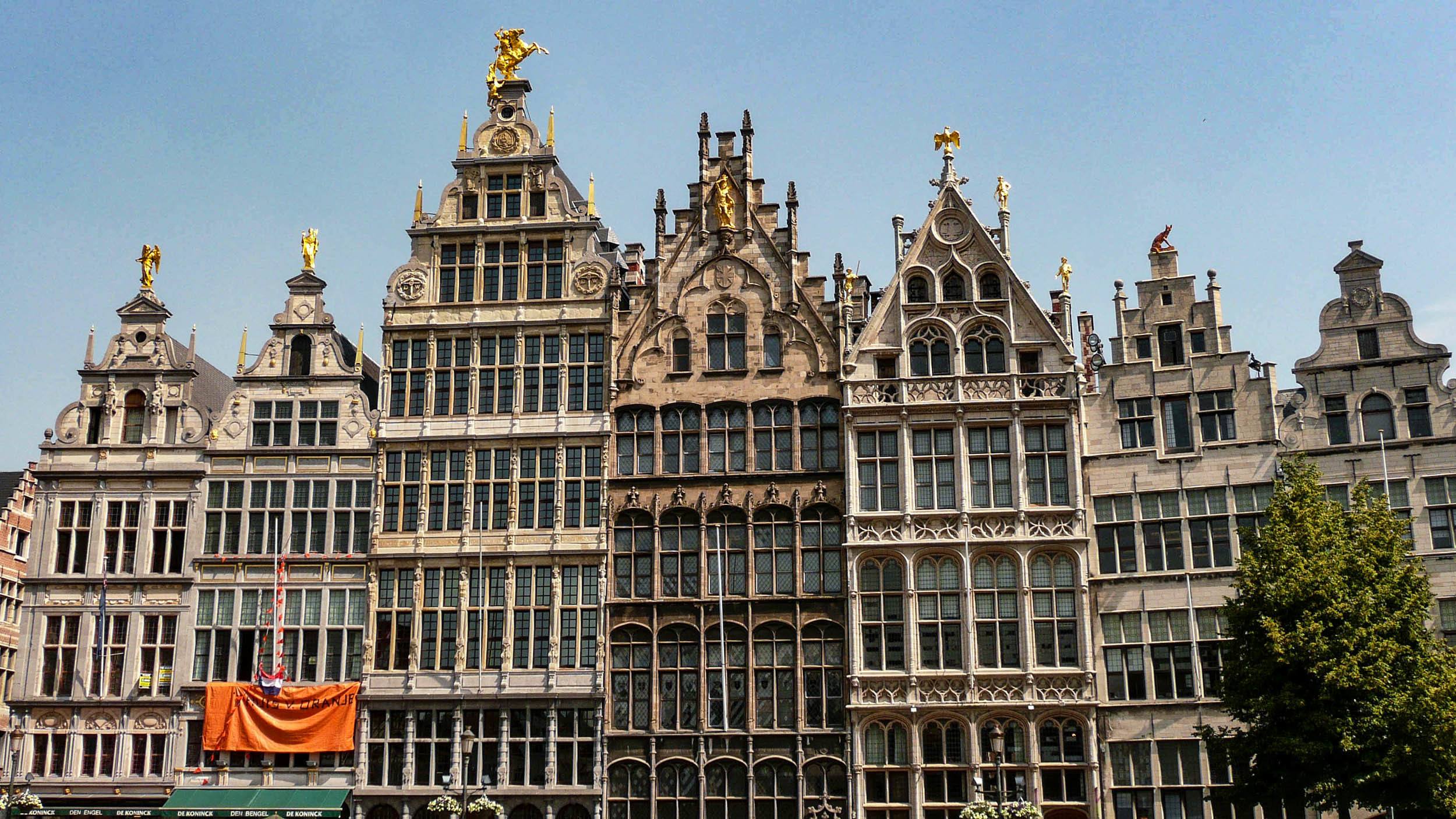
Not far away, the Cathedral of Our Lady loomed over me, its Gothic spire visible from nearly every corner of the city. Inside, I found myself drawn to the Rubens paintings, their sheer scale and intensity making it impossible to look away. There’s something surreal about standing in front of a canvas that has stared back at visitors for centuries.
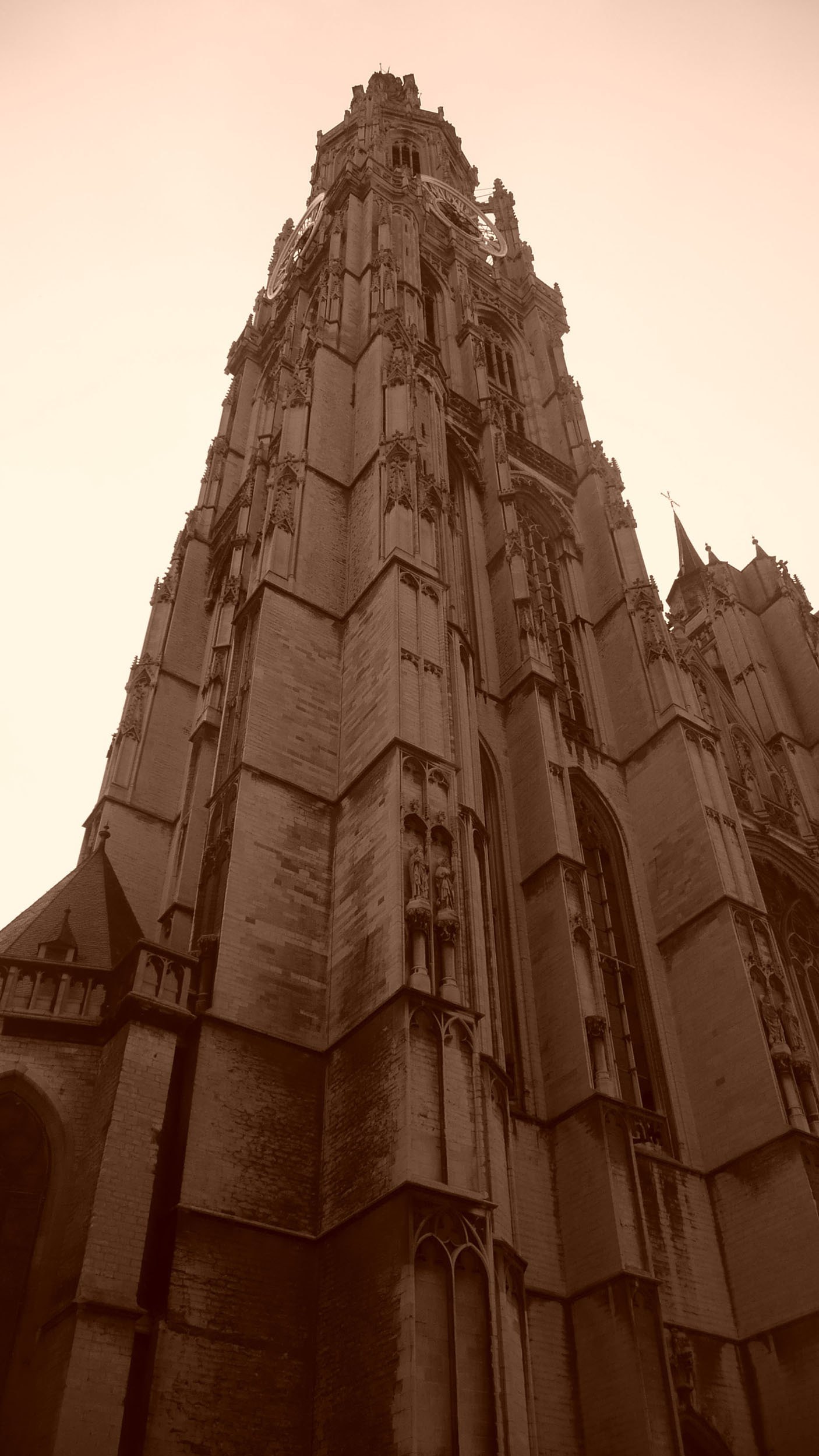
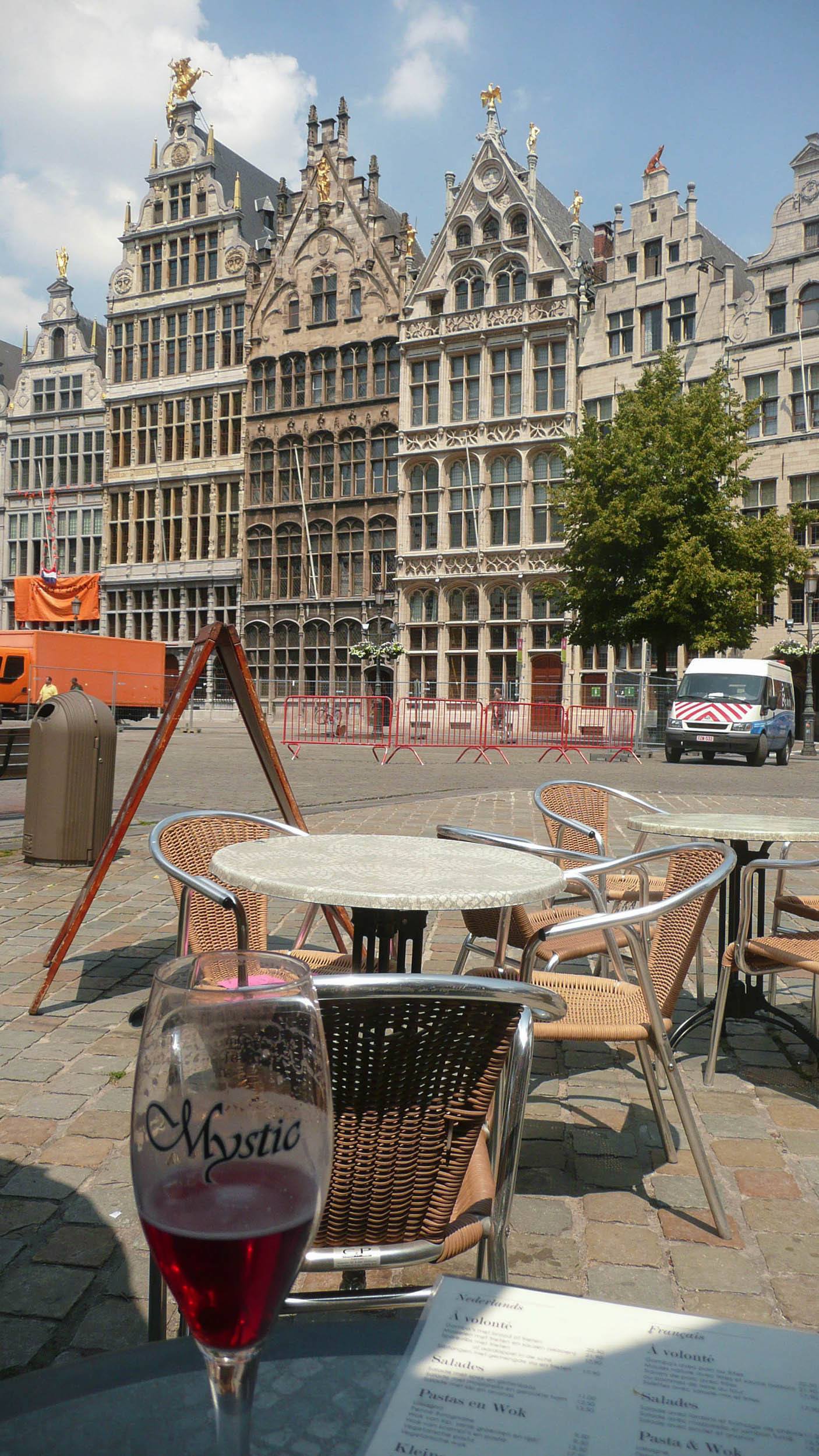
I didn’t expect a train station to leave an impression, but Antwerp Central Station was no ordinary station. Stepping inside, I felt momentarily dwarfed by the grand arches, intricate stonework, and soaring glass ceiling. It was the kind of place where even the rush of commuters couldn’t erase the feeling of standing in a palace disguised as a railway hub.
Then there’s Diamantkwartier, the diamond district, where I walked past window displays glittering with stones worth more than a lifetime of travels. Though I had no intention of buying, I lingered for a moment, watching the quiet exchange between buyers and dealers, the subtle nods, the flash of loupe magnifiers. Even if diamonds weren’t my thing, I could appreciate the weight of a legacy built on precision and perfection.
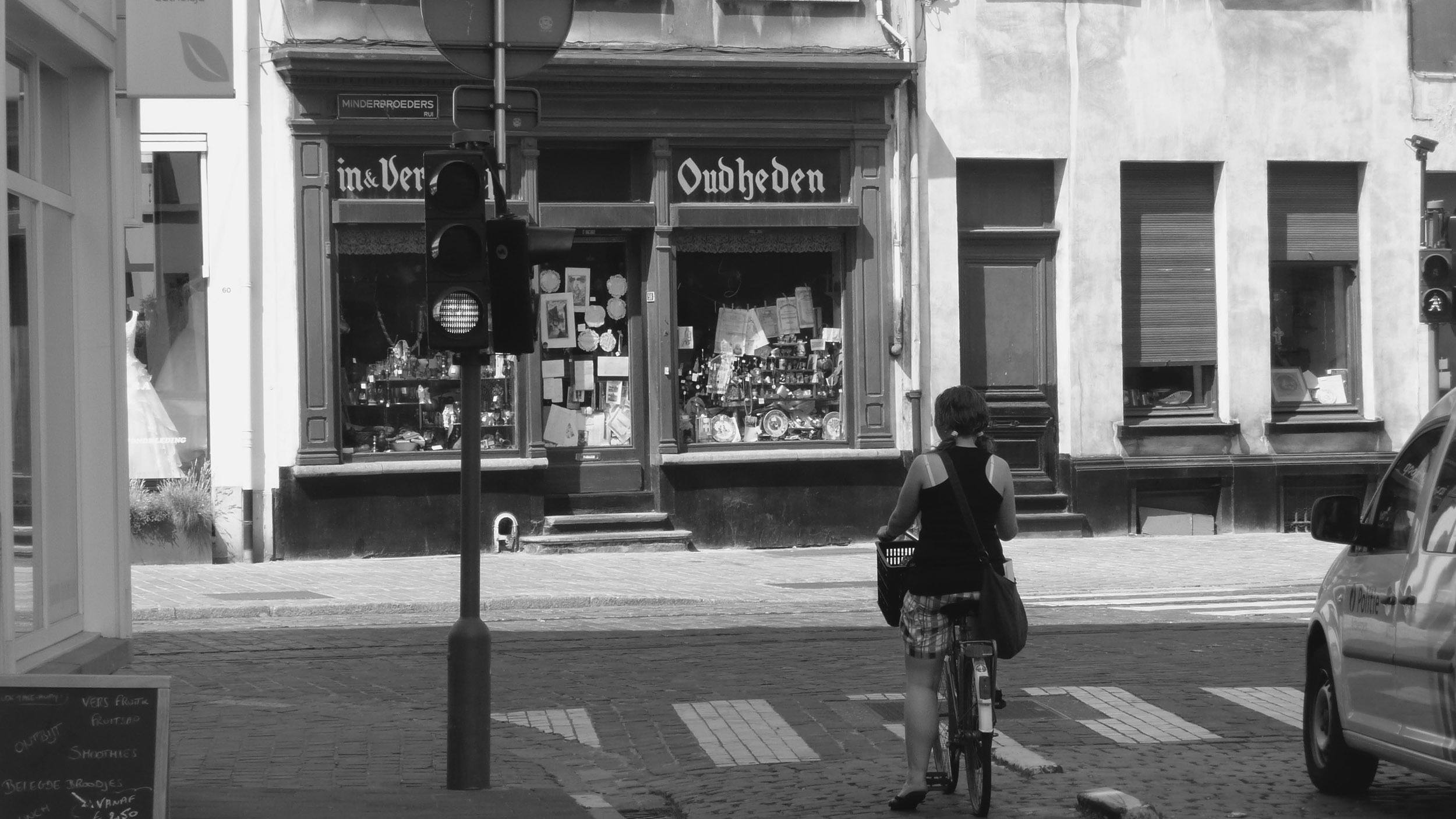
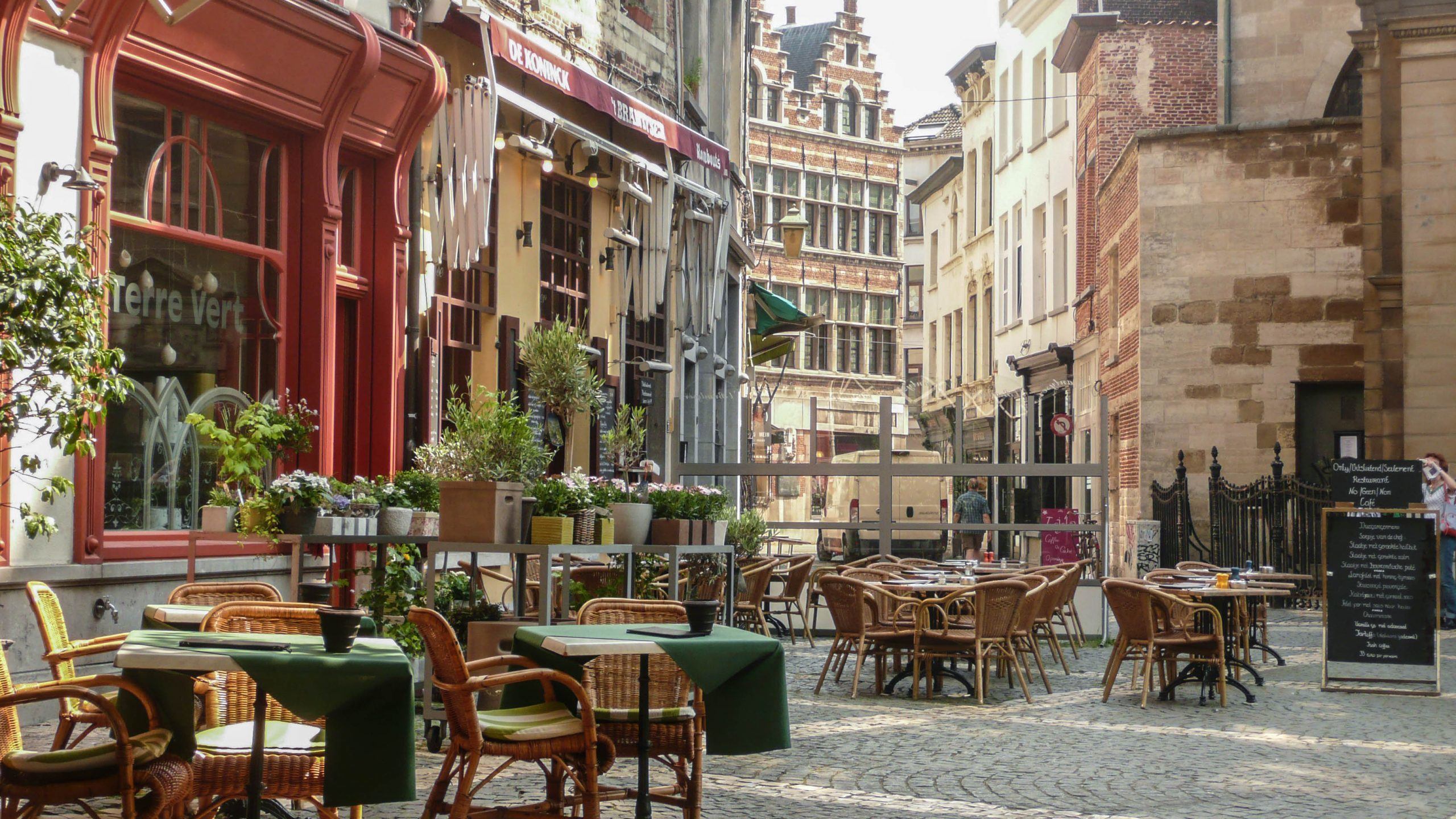
For a different kind of indulgence, I walked into a chocolatier, where the air was thick with the scent of cocoa. I hesitated in front of glass cases lined with pralines — rows of dark, milk, and white chocolate, each a tiny masterpiece. The sales assistant must have seen my indecision because, before I could ask, she handed me a sample. One bite, and I understood why Belgium’s chocolate is legendary.
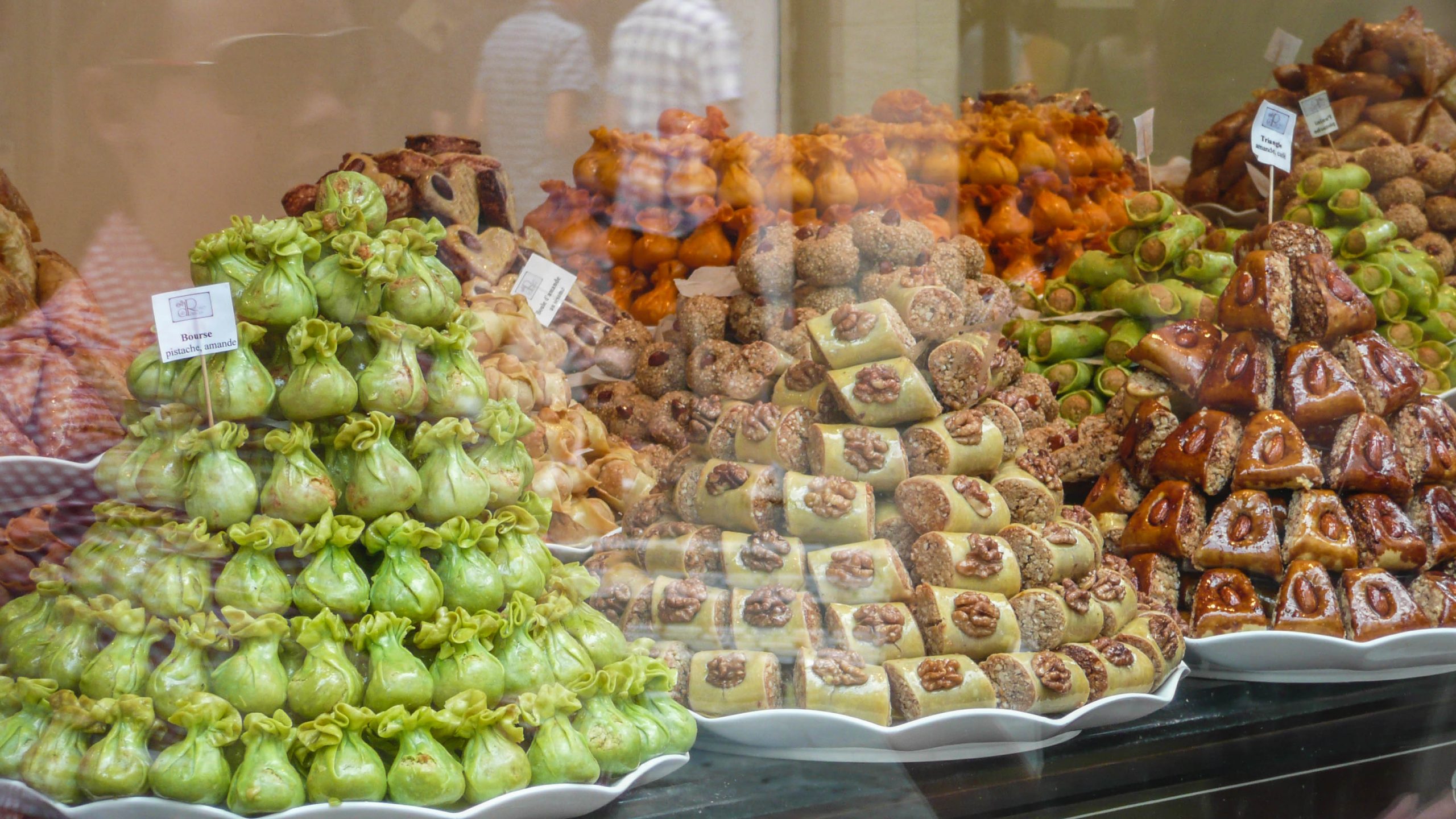
From its towering cathedrals to its hidden chocolate shops, Antwerp wasn’t just another stop on a Belgium itinerary — it was a place that surprised me, over and over again.
Recommended Length of Stay in Antwerp
1–2 days is ideal for covering the main sites and enjoying the atmosphere.
Accommodation - Where to Stay in Antwerp
Antwerp offers a range of accommodation options, from boutique luxury stays to budget-friendly hostels, all within walking distance of the city’s main attractions.
Budget: YUST Antwerp
YUST Antwerp isn’t your typical budget stay — think more stylish loft vibes than backpacker bunk beds. This trendy hostel-hotel hybrid combines sleek design with social spaces, offering dorms and private rooms that feel way more upmarket than the price suggests. There’s a cosy lounge with a fireplace, a rooftop terrace, and even an in-house restaurant serving up solid vegetarian and gluten-free options.
Located in Berchem, it’s not right in the centre, but with easy tram connections and a laid-back, artsy neighbourhood to explore, you might just prefer it that way.
Mid-Range to High End: Hotel Mezonvin
Tucked away just steps from the Cathedral of Our Lady, Hotel Mezonvin is the kind of place that feels like a hidden gem — if a hidden gem came with antique charm, a cosy bar, and the warmest welcome in town. The decor leans classic European elegance, with a touch of personality that makes it feel more like a well-loved home than a hotel.
Whether you're here for a romantic getaway or just want to wake up in the heart of Antwerp's old town, this spot delivers comfort, convenience, and a host who treats guests like old friends.
High End: August
If you’ve ever wanted to experience the monastic life but with plush bedding, designer interiors, and a cocktail bar, August is the place. Set in a restored former convent, this boutique hotel drips with quiet luxury — think minimalist chic, high-end finishes, and a level of serenity that almost makes you forget you’re still in Antwerp. The in-house restaurant serves seasonal delights, the garden courtyard is basically a magazine cover, and even the WiFi feels expensive.
If your budget allows (or you’re just here to dream), this is where divine indulgence meets impeccable taste.
Food – Eating in Antwerp
Antwerp’s food scene is a delicious mix of old-world Belgian flavours and international influences, with everything from high-end chocolatiers to no-frills frites stands. Whether indulging in a perfectly crisp waffle or sipping a local beer alongside fresh seafood, there’s plenty to satisfy any craving.
- Frites Atelier – A gourmet take on Belgium’s iconic fries, served with creative toppings.
- Elfde Gebod – A quirky, atmospheric restaurant filled with religious statues, serving Flemish classics like stoofvlees (beef stew) and mussels.
- Chez Claire – Specialises in luxury éclairs, bringing a fine-dining twist to this classic pastry.
- De Groote Witte Arend – A cosy, traditional spot for Belgian comfort food with a quiet courtyard.
- Philip’s Biscuits – Perfect for grabbing some Antwerpse Handjes, the city's famous butter biscuits.
- Bia Mara – A modern, budget-friendly fish and chips place with a Belgian twist.
- Chocolate Line – A must-visit for some of the country’s best pralines and unique chocolate flavors.
From deep-fried indulgence to elegant, sweet treats, Antwerp is a feast waiting to happen.
Transportation - Getting Around Antwerp
Antwerp is an easy city to navigate, whether you're strolling through historic squares, hopping on a tram, or cycling along the river. Here’s how to get around efficiently:
On Foot
The historic centre is best explored on foot, with most major attractions within walking distance. Strolling through the Grote Markt, along the riverfront promenade, or through Meir (the city’s main shopping street) allows you to soak up the city’s energy at a leisurely pace. Many streets are pedestrianised, making walking not just scenic but also stress-free.
By Bus & Metro
Buses and the pre-metro (a tram that runs underground in parts of the city) offer additional ways to get around. These are particularly useful for reaching places like Antwerp Zoo, the port area, or suburban districts. Like the trams, these are operated by De Lijn, with tickets and schedules available online.
By Tram
For longer distances, Antwerp’s De Lijn tram network is the most convenient way to get around. Trams connect the city center with Antwerp Central Station, the Museum aan de Stroom (MAS), and the trendy Het Zuid district. Tickets can be purchased via the De Lijn app or at kiosks, with a single ride costing around €2.50.
By Taxi & Rideshare
Taxis in Antwerp can be pricey, and they aren’t as commonly hailed on the street as in some other European cities. Instead, they’re found at designated taxi stands or booked via the Bolt or Uber apps. Expect fares to be higher than public transport.
By Bike
Antwerp is one of Belgium’s most cycle-friendly cities, with Velo Antwerp providing easy bike rentals at docking stations across the city. Biking is a great way to reach the Eilandje district, cycle along the Scheldt River, or explore parks like Stadspark. The city’s flat terrain makes cycling an efficient and enjoyable option.
Transportation - Getting to Antwerp
Antwerp is well-connected to Brussels and Ghent, making it an easy final stop on a Belgium itinerary. Whether you prefer speed and comfort or budget-friendly travel, there’s a convenient way to reach the city.
By Train
The fastest and most efficient way to reach Antwerp is by train.
- From Brussels: Direct trains run every 15 minutes, with the journey taking around 40 minutes. Trains depart from Brussels Central, Brussels Midi, and Brussels North stations and arrive at the stunning Antwerp Central Station — often regarded as one of the world’s most beautiful train stations.
- From Ghent: The journey takes just 50 minutes, with multiple direct departures per hour from Gent-Sint-Pieters Station.
A standard second-class ticket costs around €9–€10, and tickets can be purchased through NMBS/SNCB (Belgium’s national railway) online or at stations.
By Bus
For those on a budget, long-distance buses are a cheaper alternative to trains, though they take longer.
- From Brussels: FlixBus and BlaBlaCar Bus operate direct services, with fares starting at around €5–€10. The journey takes 1 to 1.5 hours, depending on traffic.
- From Ghent: There are fewer direct buses, but FlixBus runs occasional routes. Expect travel times of 1.5 to 2 hours.
Buses typically arrive at Antwerp Berchem Station, from where you can take a tram or local train to the city centre.
Optional Stops to Add to Your Belgium Itinerary
While I focused on Brussels, Bruges, and Antwerp, Belgium has plenty of other destinations that might be worth considering. If you’d rather trade a big city for a smaller, scenic spot or want a different kind of experience, here are a few alternatives.
Leuven – A Lively University City
Belgium’s oldest university town, known for its student atmosphere, historic architecture, and lively bar scene. The Grote Markt, University Library, and Old Town Hall are highlights.
Dinant – A Scenic Riverside Escape
A striking little town along the Meuse River, famous for its clifftop Citadel, the Collegiate Church of Notre Dame, and as the birthplace of the saxophone.
Namur – A Gateway to the Ardennes
A relaxed city with a blend of historic charm and outdoor adventure, featuring the Citadel of Namur, riverside walks, and access to the scenic Ardennes region.
Mechelen – A Compact Alternative to Bruges
Less crowded than Bruges but still packed with medieval charm. Highlights include St. Rumbold’s Cathedral, the Toy Museum, and the Brewery Het Anker, home to the famous Gouden Carolus beer.
The Ardennes – Nature & Adventure
If you're looking for hiking, cycling, or kayaking, this forested region in southern Belgium is ideal. Visit castles, caves, and scenic valleys away from the city crowds.
Things to Know While Planning Your Belgium Itinerary
Before setting off, here are a few practical things to keep in mind to make your trip smoother.
How to Get to Belgium
Belgium is well-connected to the rest of Europe and beyond, making it an easy destination to reach by air, train, or bus.
▶ By Air
Brussels Airport (BRU) is Belgium’s main international hub, with direct flights from major cities worldwide.
Brussels South Charleroi Airport (CRL) serves budget airlines like Ryanair, offering cheaper flights, though it’s located further from the city centre.
▶ By Train
Eurostar connects Brussels to London in just 2 hours.
Thalys links Belgium with Paris, Amsterdam, and Cologne at high speed.
Domestic trains run frequently between Belgian cities and neighbouring countries like Germany, France, and the Netherlands.
▶ By Bus
FlixBus and BlaBlaCar Bus offer budget-friendly options from Paris, Amsterdam, and other European cities.
Long-distance buses arrive at Brussels North Station, with connections to local transport.
▶ By Ferry
There is a ferry crossing between England and Belgium, from Hull to Zeebrugge.
How to Get Around Belgium
Belgium’s compact size and excellent transport infrastructure make it easy to travel between cities and regions. Here’s how to get around efficiently.
▶ By Train
The fastest and most convenient way to travel between cities like Brussels, Bruges, Ghent, and Antwerp.
Operated by SNCB/NMBS, with frequent departures and reasonable fares.
Consider a Rail Pass for unlimited travel if visiting multiple cities.
▶ By Bus
A budget-friendly option but significantly slower than trains.
Best for reaching smaller towns and rural areas where trains don’t go.
De Lijn and TEC operate regional routes, while FlixBus connects major cities.
If you're sticking to the coast, then consider taking the Kusttram, a tram that operates between the French and Dutch borders inside Belgium. It runs every 10 to 20 minutes and takes 2.5 hours.
▶ By Car
Renting a car is unnecessary for city visits due to walkable centres and strong public transport.
Useful for exploring Belgium’s countryside, castles, or coastal areas.
Parking in city centres can be expensive, and some areas are low-emission zones (LEZ) requiring registration.
Visa Requirements for Belgium
Belgium is part of the Schengen Zone, meaning visitors from most Western countries, including the US, Canada, UK, and Australia, can stay visa-free for up to 90 days within a 180-day period.
▶ Who Needs a Visa?
- EU/EEA/Swiss citizens – No visa required, can stay indefinitely.
- US, UK, Canada, Australia, New Zealand, and many others – No visa required for short stays (90 days in 180 days).
- Other nationalities – Check the Schengen Visa requirements to see if you need a visa before traveling.
▶ Other Things to Know
- Your passport must be valid for at least 3 months beyond your planned departure from the Schengen Area.
- If you plan to stay longer than 90 days, you may need a long-stay visa or residence permit.
- Borderless travel: If visiting multiple Schengen countries, you won’t need additional visas once inside the zone.
Best Time to Visit Belgium
Belgium is great year-round, but spring (April–June) and early autumn (September–October) offer pleasant weather and fewer crowds compared to peak summer months. Winters are cold and damp but come with festive Christmas markets.
Language & Communication in Belgium
Belgium has three official languages — Dutch (Flemish) in the north, French in the south, and German in a small eastern region. In major cities, English is widely spoken, but learning a few basic Dutch or French phrases can be helpful.
Currency & Payments in Belgium
The Euro (€) is the official currency. Credit and debit cards are widely accepted, but some smaller places (like market stalls or old-school cafés) may still prefer cash.
Frequently Asked Questions For Your Belgium Itinerary
Here are answers to common questions to help you plan your Belgium itinerary with ease.
How many days do I need for Belgium?
Allow 3–7 days.
A shorter visit (3–4 days) suits city-hopping between places like Brussels, Bruges, and Ghent.
A full week provides space for detours into less obvious but rewarding destinations like Antwerp, Leuven, or the Ardennes, giving you a richer sense of Belgium's understated charm.
What Belgian foods should I definitely try?
Beyond waffles and chocolate, don’t miss out on Belgian frites (fries), moules-frites (mussels), carbonnade flamande (beef stew), or hearty local beers. Each region offers something distinctive and delicious.
Is Belgium safe for solo travellers?
Yes, Belgium is very safe and welcoming to solo travellers.
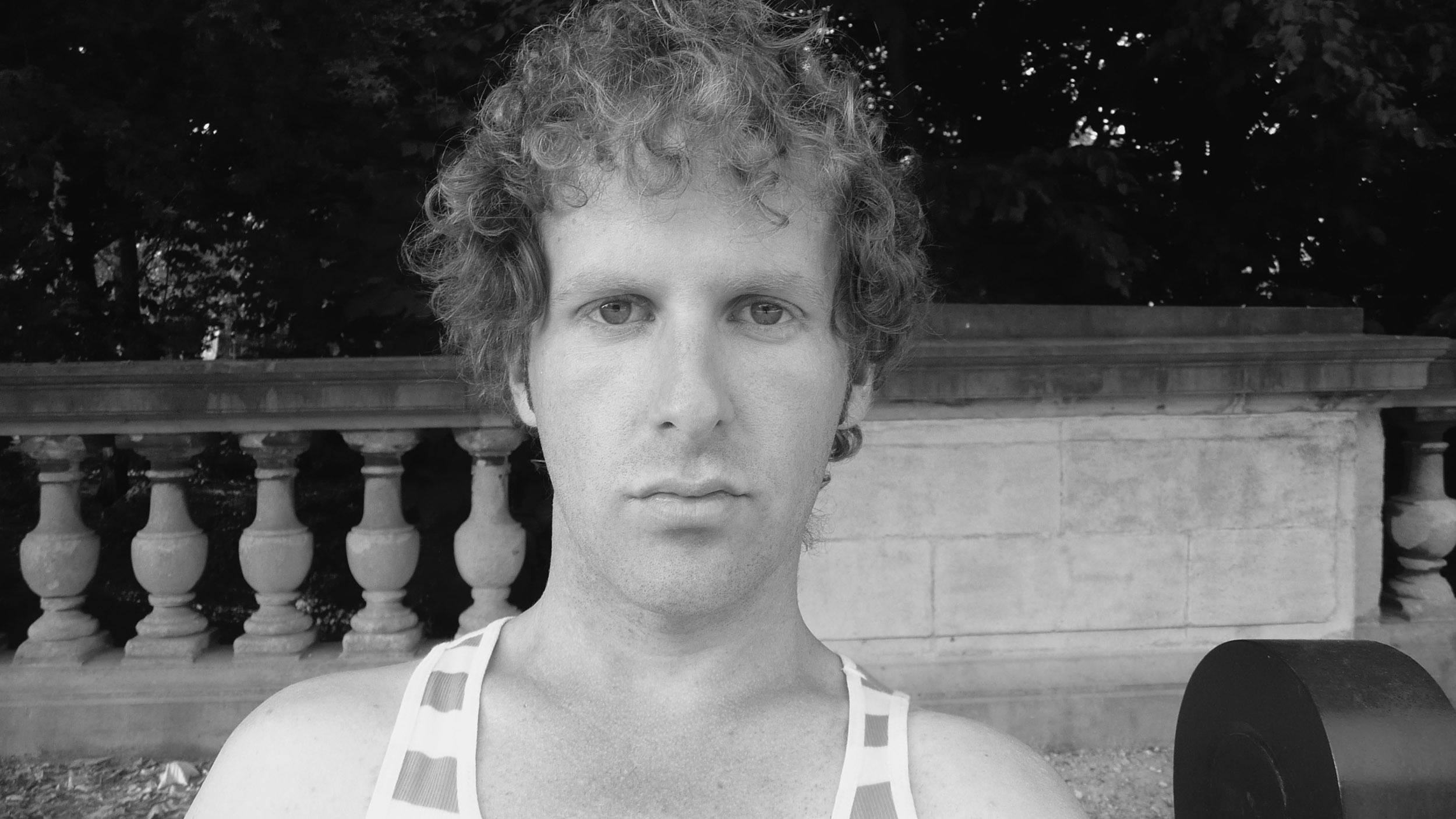
Most locals speak excellent English, public transport is secure and efficient, and cities are compact and easy to navigate alone.
Belgium Itinerary - Conclusion
Belgium may be small, but it doesn’t hold back. Each city has a distinct personality — Brussels wears its history with grandeur, Bruges feels like a medieval time capsule, Ghent balances charm with a youthful buzz, and Antwerp hums with creative energy. Whether you’re a history buff, a foodie, or just someone who loves wandering atmospheric streets, Belgium rewards curiosity at every turn.
This Belgium itinerary is designed to help you navigate the best of the country, whether you’re squeezing in a few days or stretching your trip to a full week. You can city-hop from a base in Brussels or take a slower approach, staying overnight to experience each place as the locals do.
Either way, Belgium is an easy, accessible, and endlessly rewarding destination — one that surprises, delights, and, if you’re anything like me, leaves you planning your next visit before you’ve even left.
